Crochet, the art of creating fabric using a hook and yarn, has been around for centuries. Over time, it has evolved into a diverse and dynamic craft, with a myriad of styles and techniques that have captured the hearts of enthusiasts worldwide. From intricate lace patterns to bold and chunky textures, crochet has something to offer for every taste and skill level. The versatility of crochet is one of its most appealing aspects, as it allows crafters to create a wide range of items, from delicate doilies to cozy blankets, trendy accessories, and even clothing.
In this article, we'll take a closer look at some of the most iconic and beloved crochet styles, exploring their origins, characteristics, and the reasons behind their enduring popularity. From the classic granny square to the trendy world of crochet braids wig, we'll delve into the stories behind these signature styles and discover what makes them so special. Whether you're a seasoned crocheter or a curious beginner, this article will provide you with a deeper appreciation for the art of crochet and the diverse range of styles it encompasses.
Granny Square
One of the most recognizable crochet styles is the granny square. This classic motif features a square shape made up of multiple rounds of stitches, often in contrasting colors. The basic granny square pattern typically begins with a central ring, followed by successive rounds of double crochet stitches and chain spaces. The use of different colors for each round creates a vibrant, eye-catching design that has become synonymous with traditional crochet.
You may also like: Top 52 box braids hairstyles for Black Women in 2024

The origins of the granny square are somewhat obscure, but it is believed to have gained popularity during the Great Depression era when resourceful crafters sought to make the most of their limited supplies. By using small amounts of yarn to create individual squares, crocheters could eventually combine them into larger, practical items like blankets and shawls. This economical approach to crochet has contributed to the granny square's enduring popularity.
Filet Crochet
Filet crochet is a delicate and intricate style that creates a lace-like fabric using a combination of open and closed stitches. The technique involves crocheting a grid-like foundation, typically made up of chain stitches and double crochet stitches, which form a mesh-like background. The design is then created by filling in certain squares of the grid with solid double crochet stitches, while leaving others open.
This style has a rich history, with examples of filet crochet dating back to the 16th century. It is believed to have originated in Italy, where it was used to create altar cloths and other decorative items for churches. In the Victorian era, filet crochet became particularly popular for creating household items, as the intricate designs and delicate fabric were well-suited to the elaborate decorative styles of the time.
Amigurumi
Amigurumi is the Japanese art of crocheting small, stuffed toys. The word "amigurumi" is derived from a combination of the Japanese words "ami," meaning crocheted or knitted, and "nuigurumi," meaning stuffed toy. This adorable and whimsical style of crochet has exploded in popularity in recent years, with crafters all over the world creating a wide variety of cute and cuddly creatures.
One of the most appealing aspects of amigurumi is the endless variety of designs available. From traditional teddy bears and bunnies to more unconventional creatures like dragons, robots, and even food items, there is an amigurumi pattern out there for every interest and skill level. Many crocheters enjoy the challenge of creating their own original designs, using their imagination and creativity to bring new characters to life.
You may also like: Getting to the Root of Braided Wig Wetness

Tunisian Crochet
Tunisian crochet, also known as Afghan crochet, is a unique style that combines elements of both crochet and knitting. The technique uses a long hook, typically with a stopper on one end, and involves picking up multiple loops on the forward pass and then working them off on the return pass. This process creates a dense, woven-like fabric that is distinctly different from traditional crochet.
One of the most striking features of Tunisian crochet is the variety of textures and patterns that can be achieved. By using different stitch combinations and techniques, crocheters can create fabrics that resemble knitting, weaving, or even embroidery. Some common Tunisian crochet stitches include the simple stitch, the knit stitch, and the purl stitch, each of which produces a unique texture and appearance.
Tapestry Crochet
Tapestry crochet is a colorwork technique that allows for the creation of intricate, picture-like designs within a crocheted fabric. This style involves working with multiple colors of yarn at once, carrying the unused colors along the back of the work. By strategically switching between colors, crocheters can create stunning geometric patterns, landscapes, or even portraits.
Tapestry crochet has been used by various cultures throughout history, particularly in South America, where it is known as "crochet wayuu" and is used to create vibrant, patterned bags. The technique is believed to have originated with the Wayuu people, an indigenous group that resides in the northernmost region of Colombia and Venezuela. Wayuu women have passed down the art of tapestry crochet for generations, using it to create beautiful and practical items that reflect their cultural heritage.
Crochet Braids
While not a traditional crochet style, crochet box braided wigs have become increasingly popular as a protective hairstyle for natural hair. This technique involves braiding hair extensions into one's natural hair using a crochet hook, creating a variety of styles such as twists, braids, or curls. The extensions are typically made from synthetic fibers, although human hair can also be used for a more natural look and feel.
Crochet braids have become particularly popular among black women, as they offer a versatile and low-maintenance way to style natural hair while promoting hair health. By reducing the amount of daily manipulation and exposure to heat styling tools, crochet braids can help to prevent damage and breakage, allowing natural hair to grow and thrive. Some popular crochet braid styles include box braids, a classic and versatile braid style, and braided wigs for black women, which offer a protective style option that can be easily removed and reapplied.

Conclusion
From the humble granny square to the intricate art of tapestry crochet, the world of crochet is filled with a rich variety of iconic styles, each with its own unique history and appeal. Whether you're drawn to the delicate beauty of filet crochet, the playful charm of amigurumi, or the striking patterns of Tunisian crochet, there is a style out there for every crocheter to explore and enjoy.
As the craft continues to evolve and new generations of crocheters put their own spin on these classic techniques, one thing remains clear: the timeless appeal of crochet lies in its ability to create beautiful, one-of-a-kind pieces that reflect the creativity and skill of the maker.
JALIZA offers a carefully curated selection of braided wigs designed with clients in mind. Browsing their site allows customers to discover styles like boho braids crafted from high-quality synthetic fibers. These are available in different textures, lengths and shades to suit individual preferences.
Wearability also informed JALIZA's product design process. Many items address concerns such as tangling to enhance the user experience. Exploring options can help find solutions matching diverse lifestyles. JALIZA aims to deliver versatile, durable pieces through trustworthy selections ensuring satisfaction.



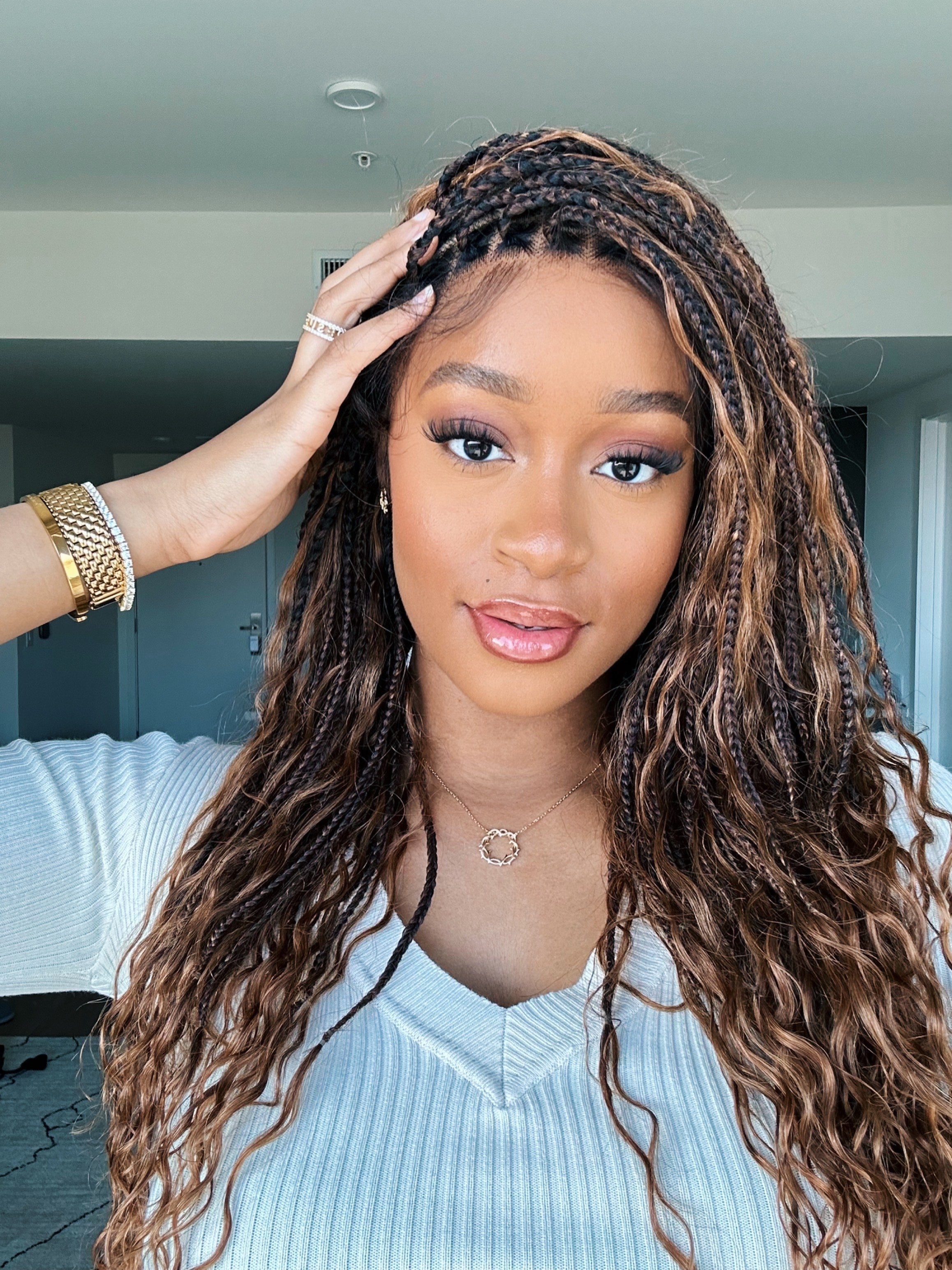

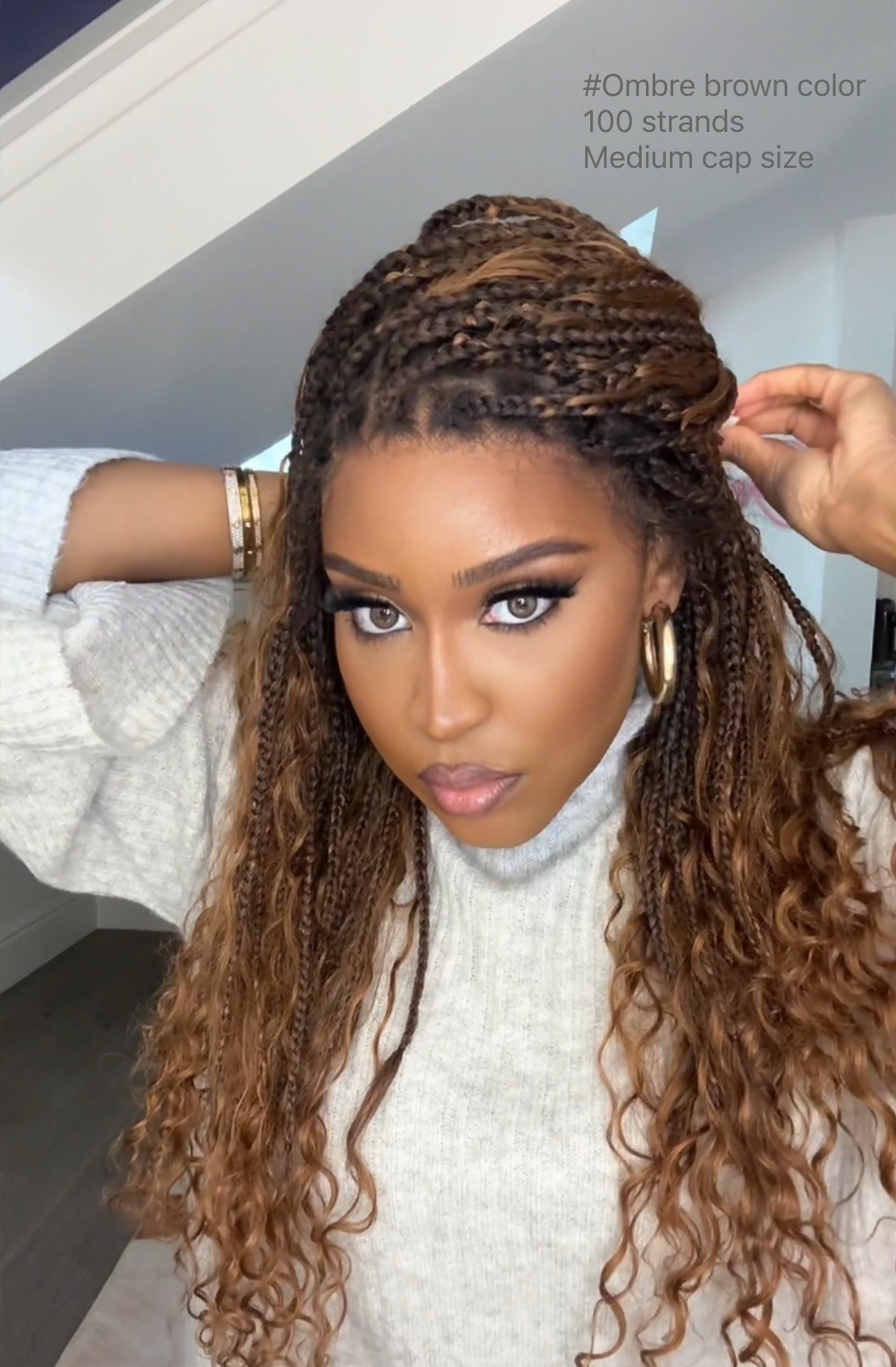
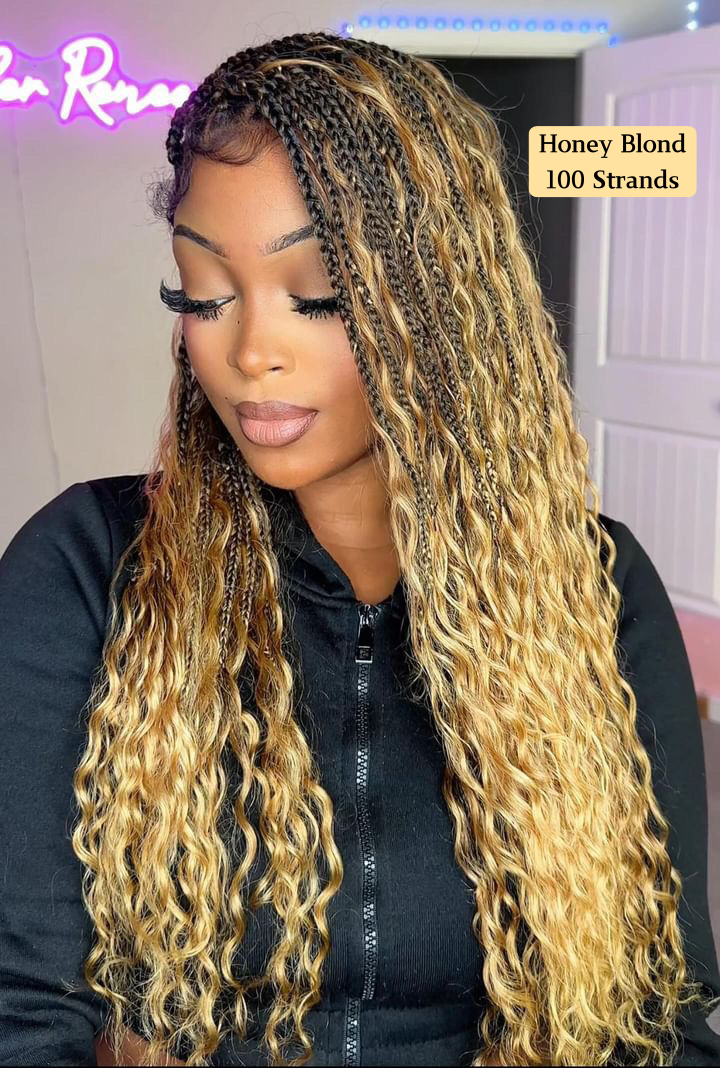
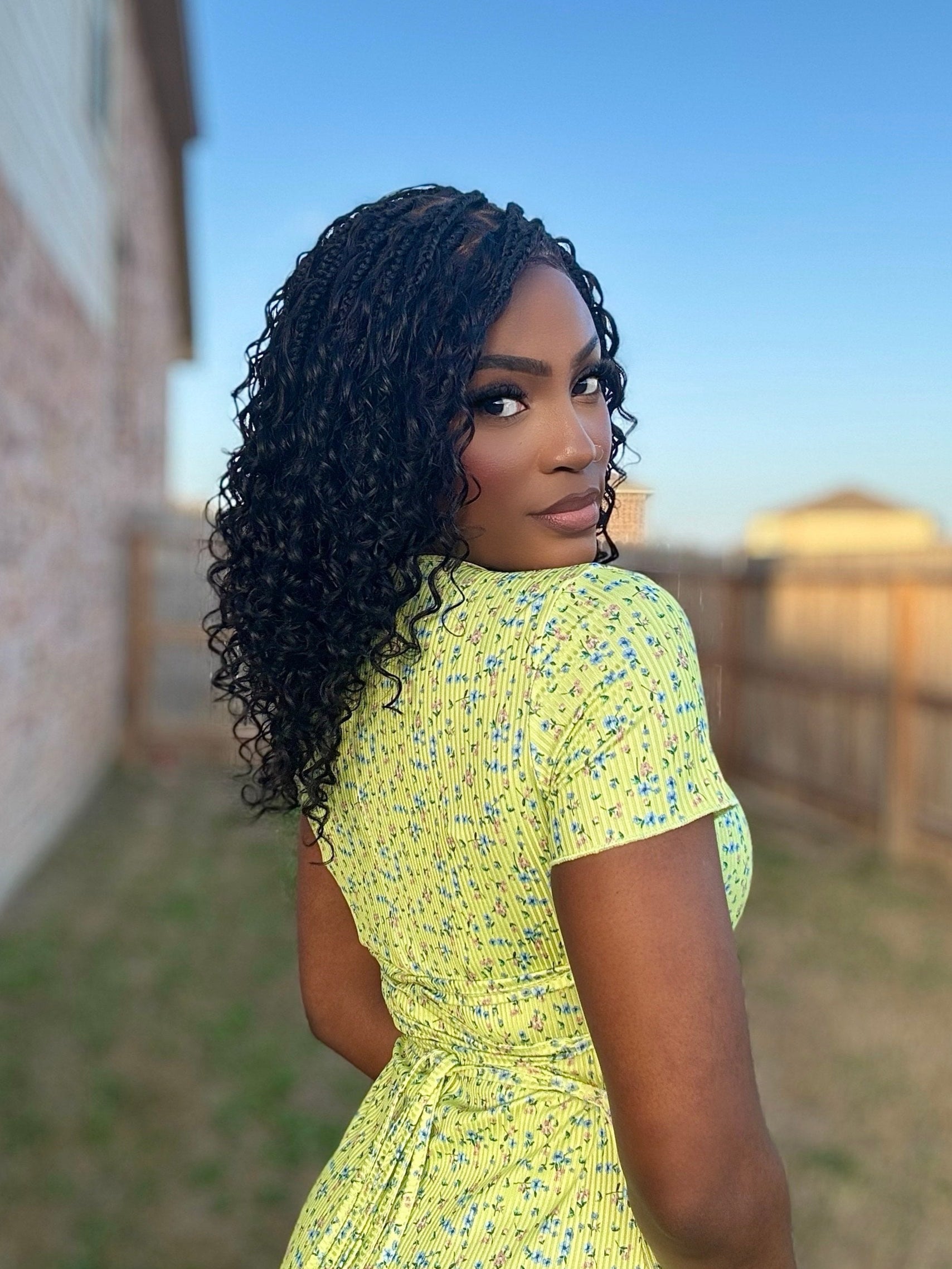
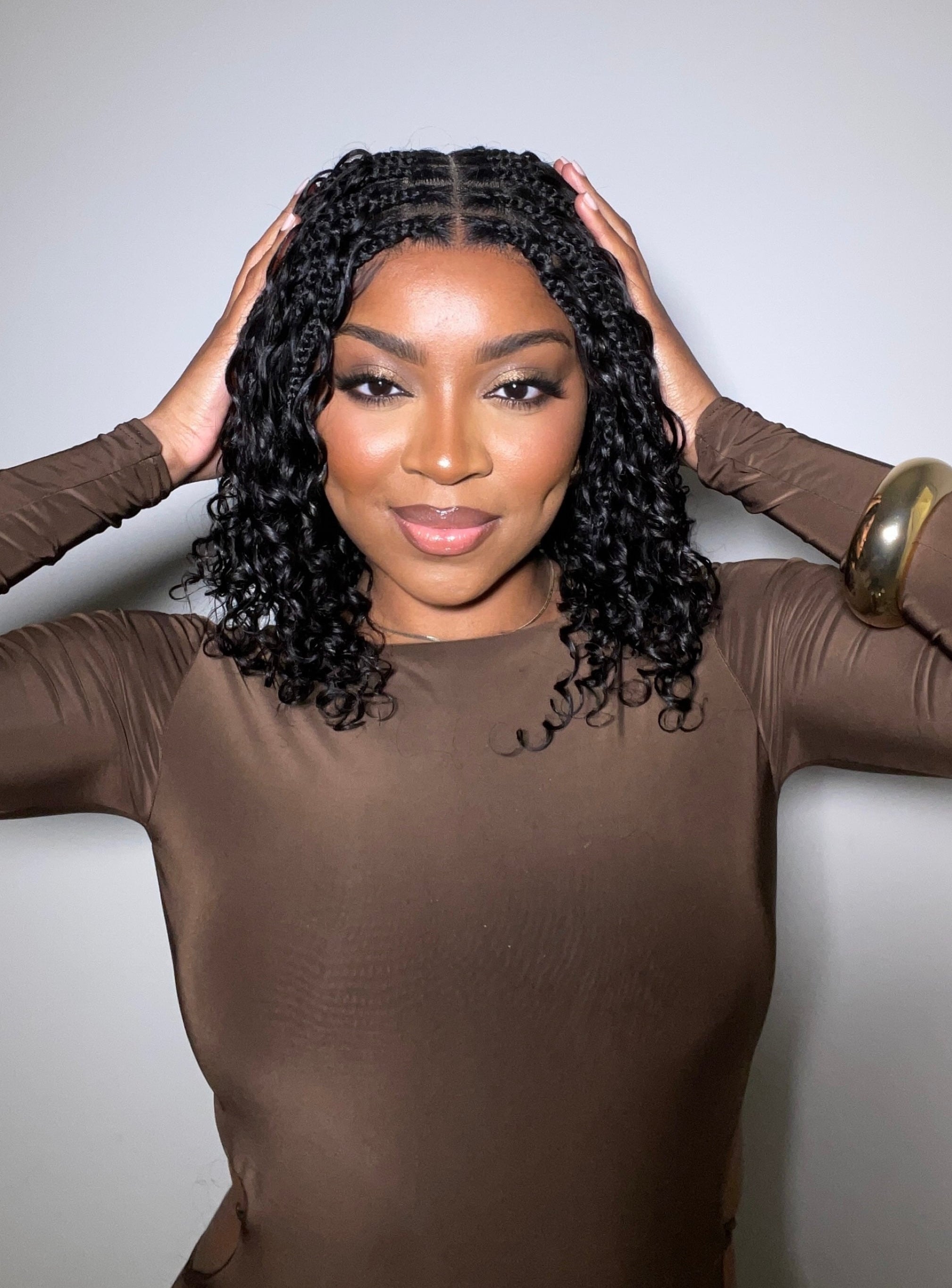
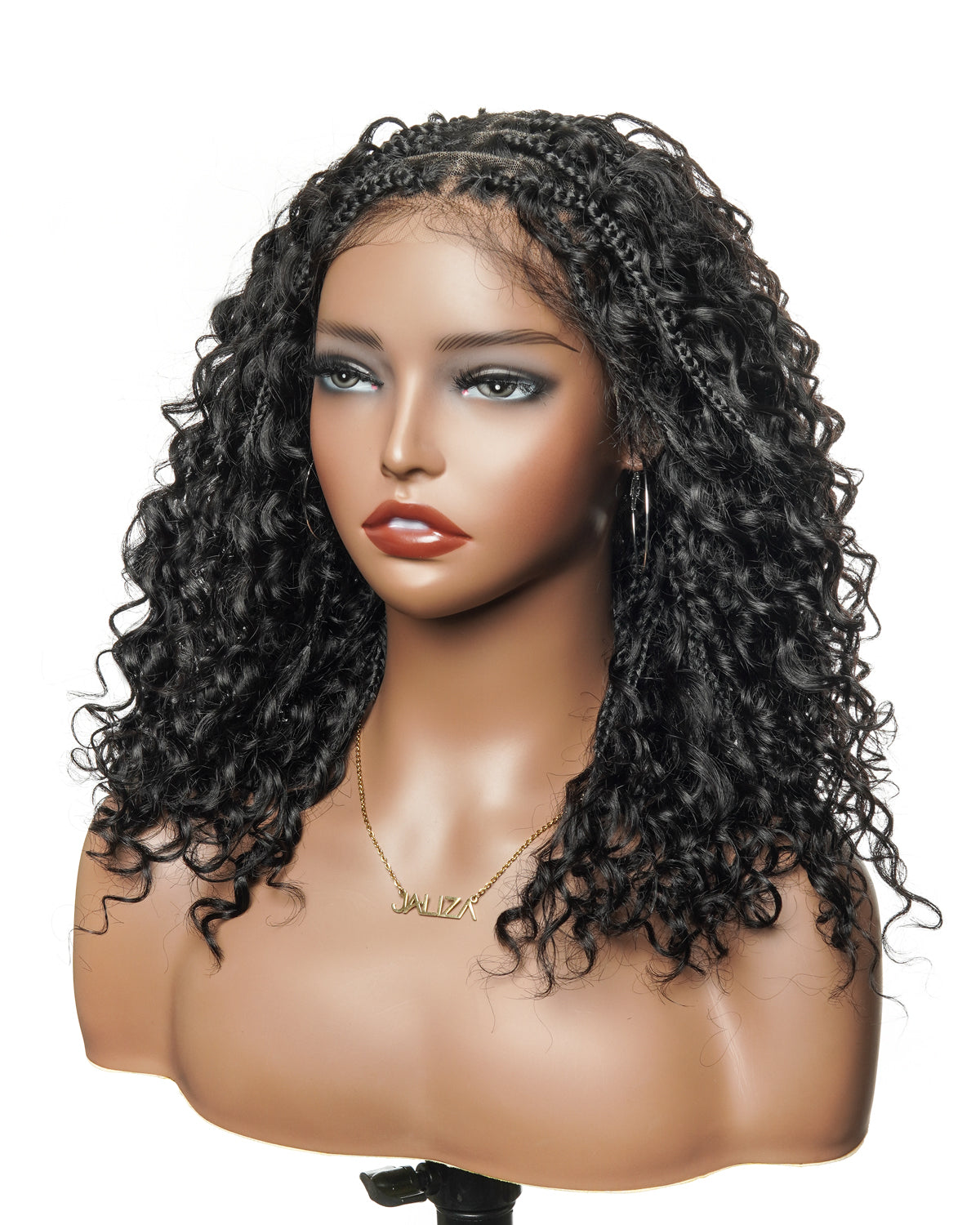
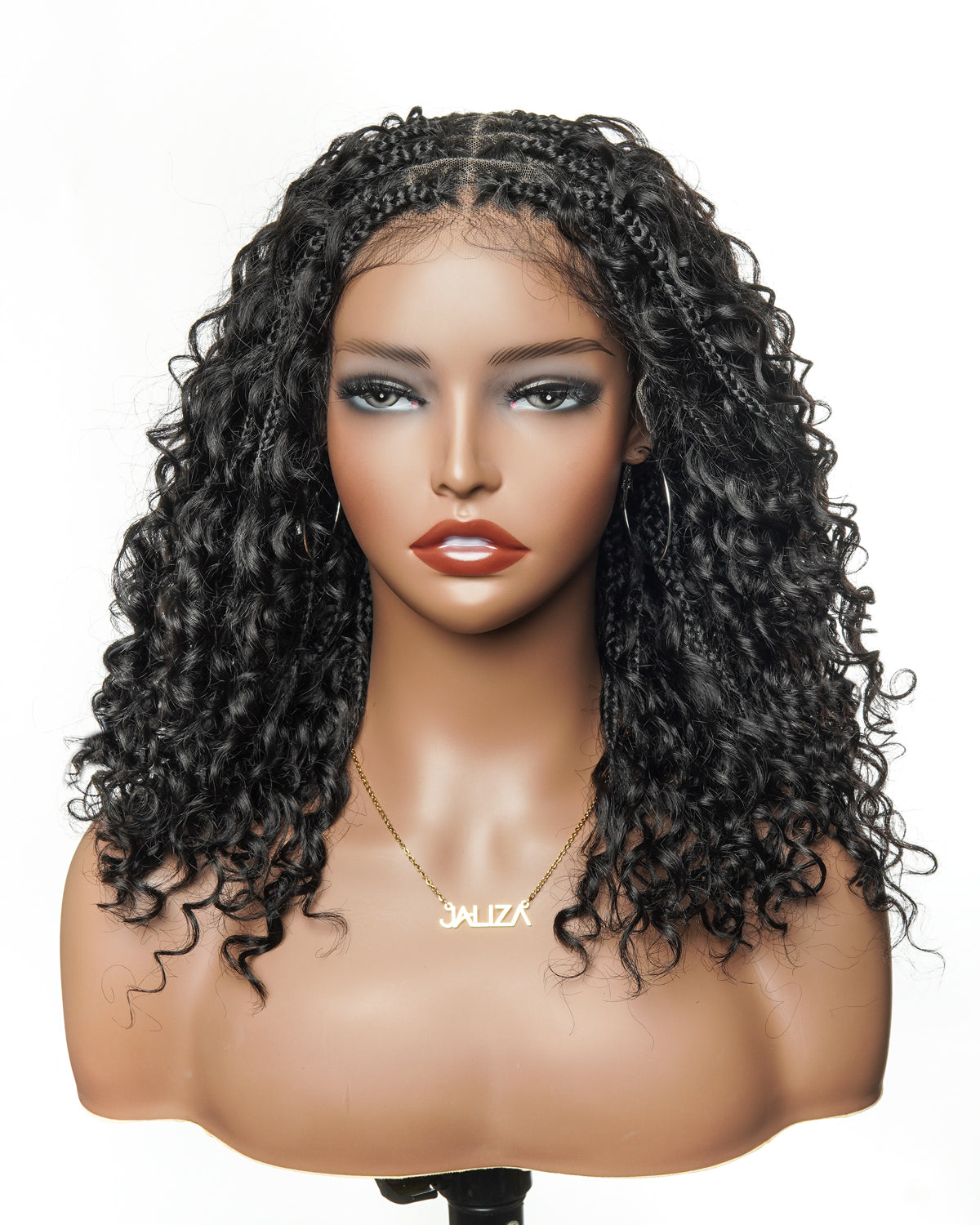
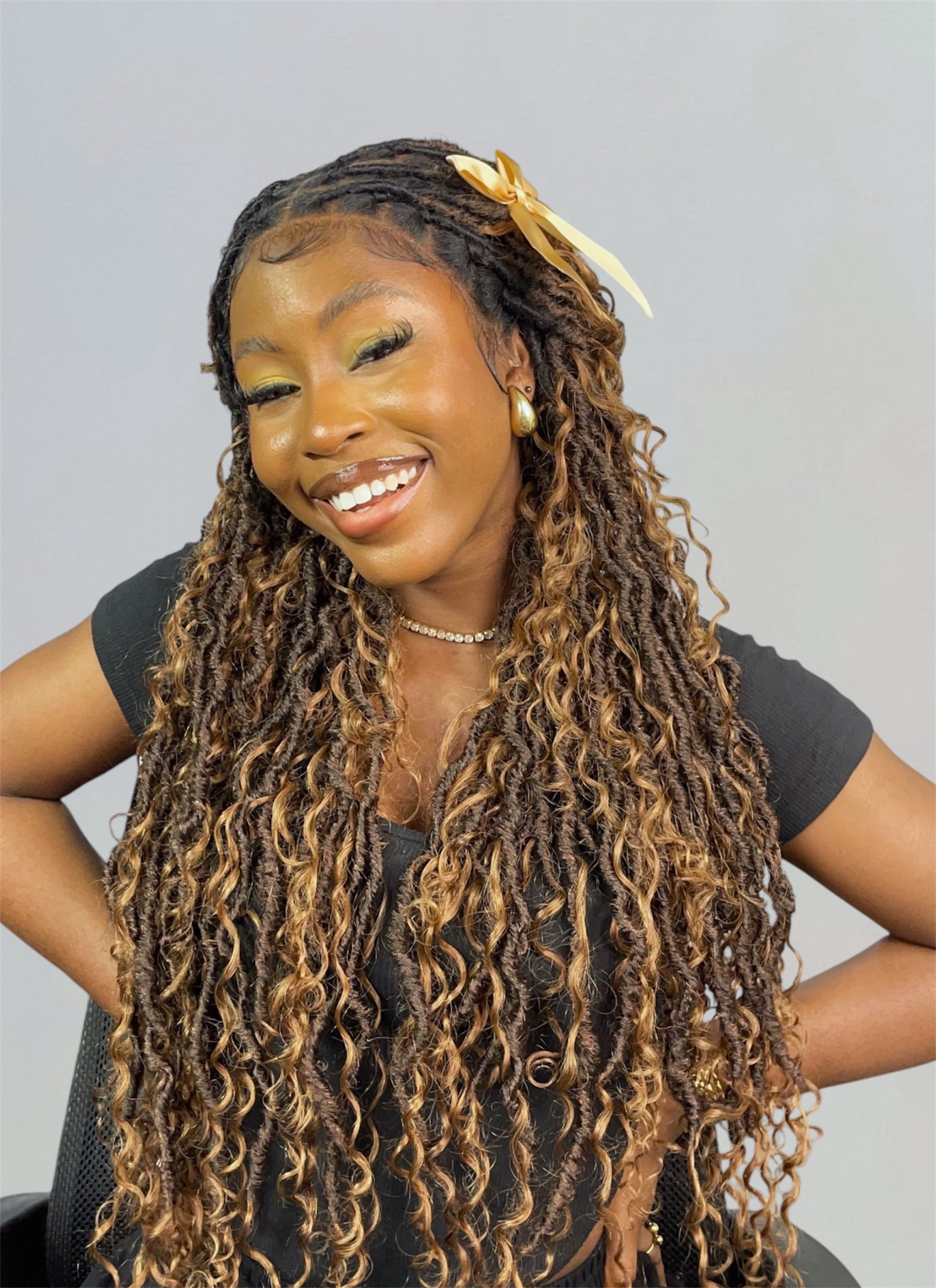




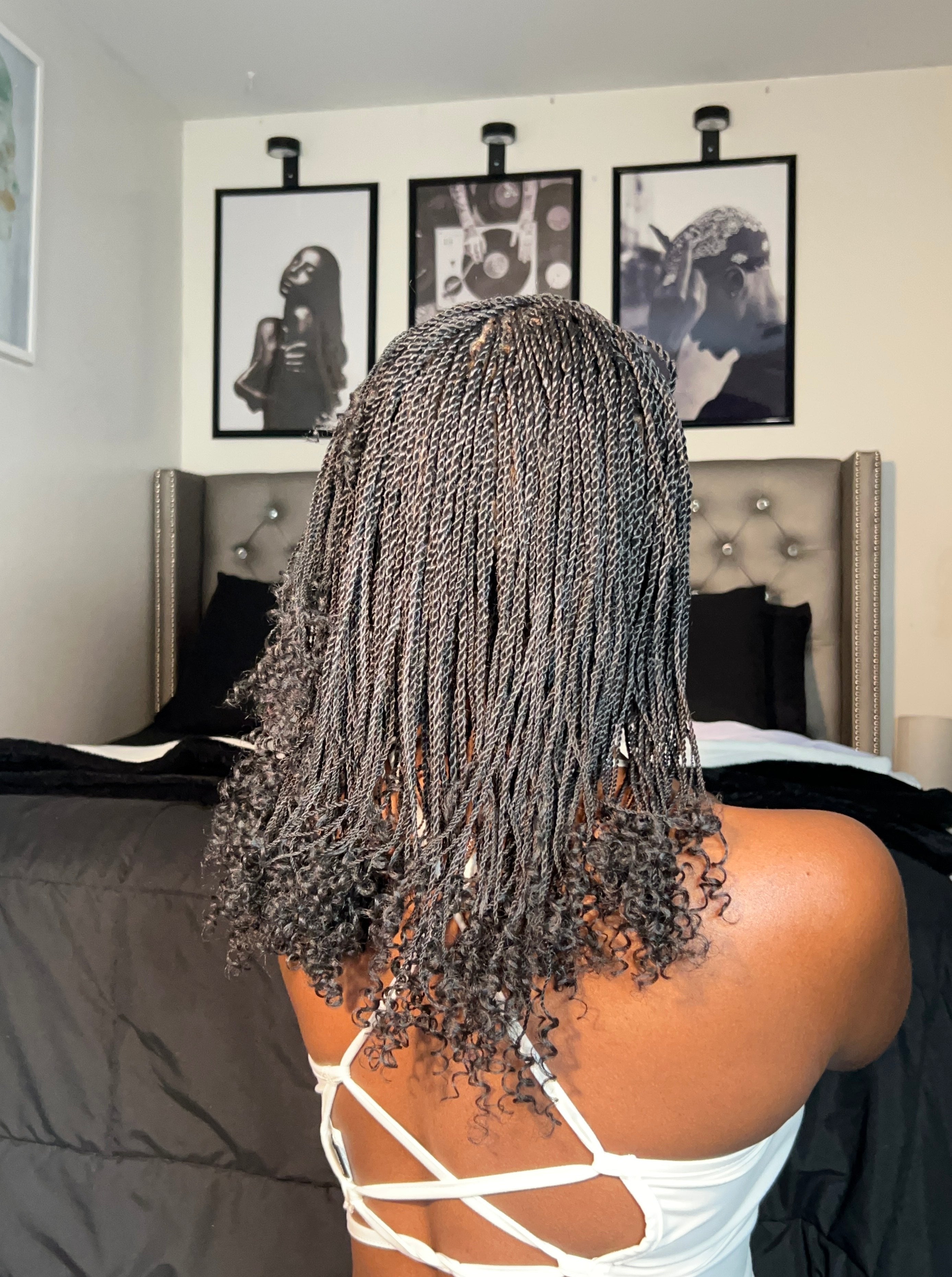


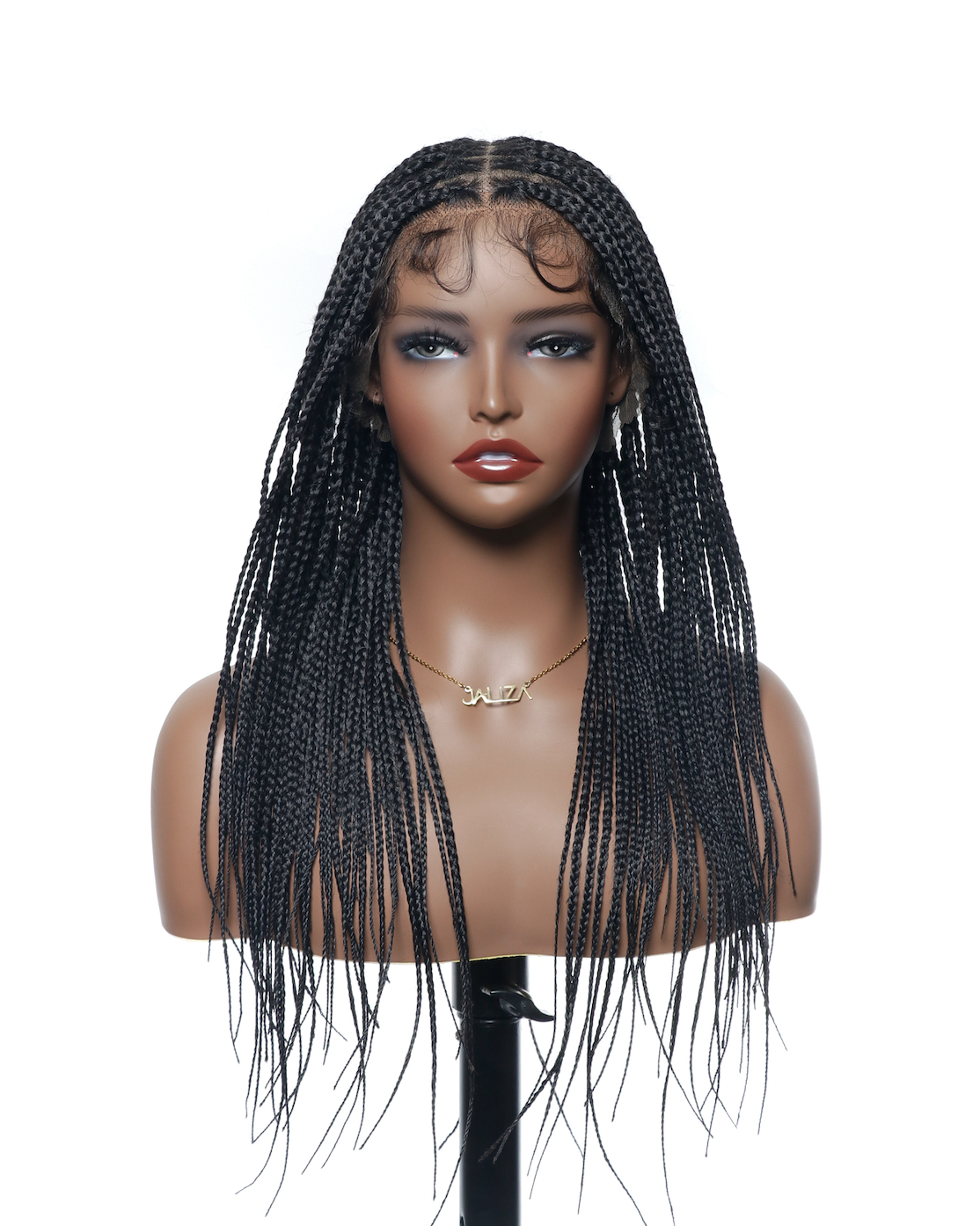
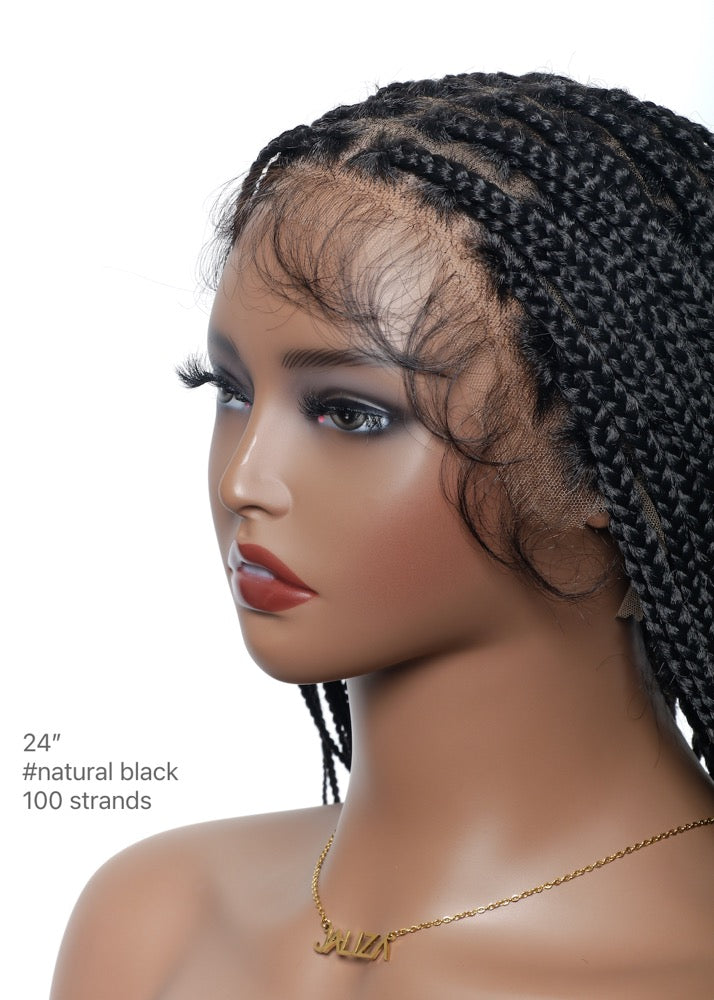

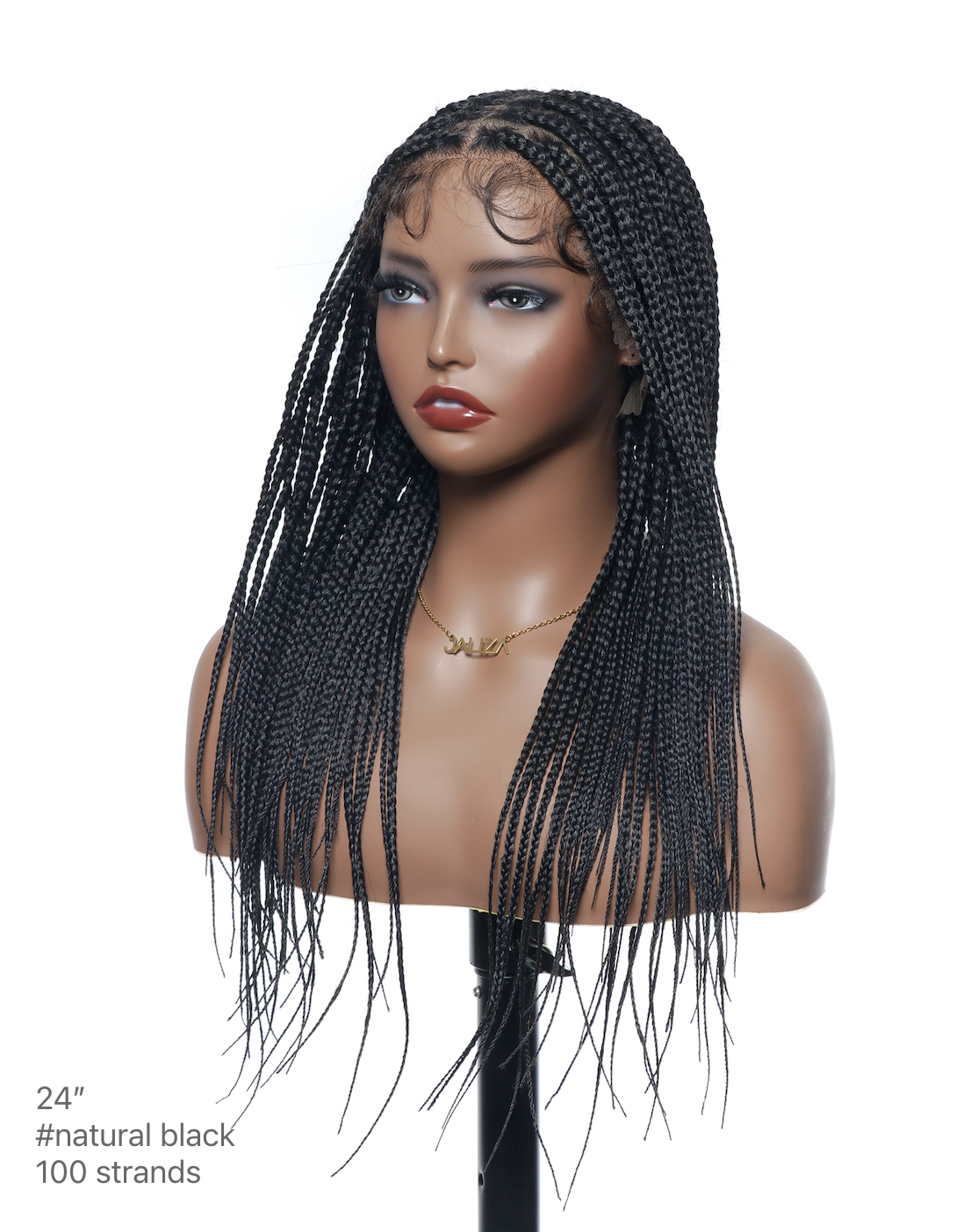
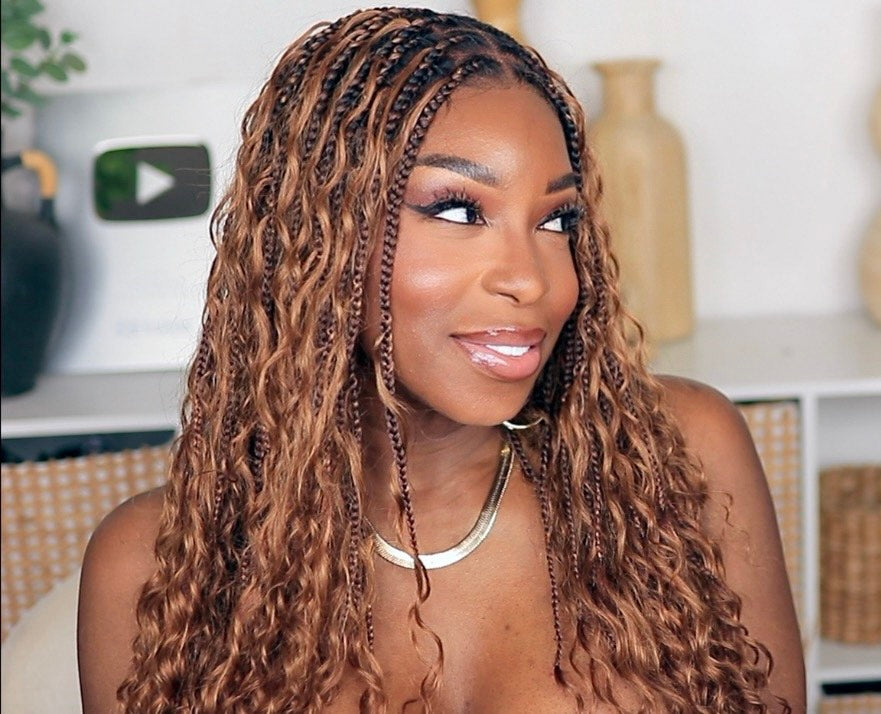
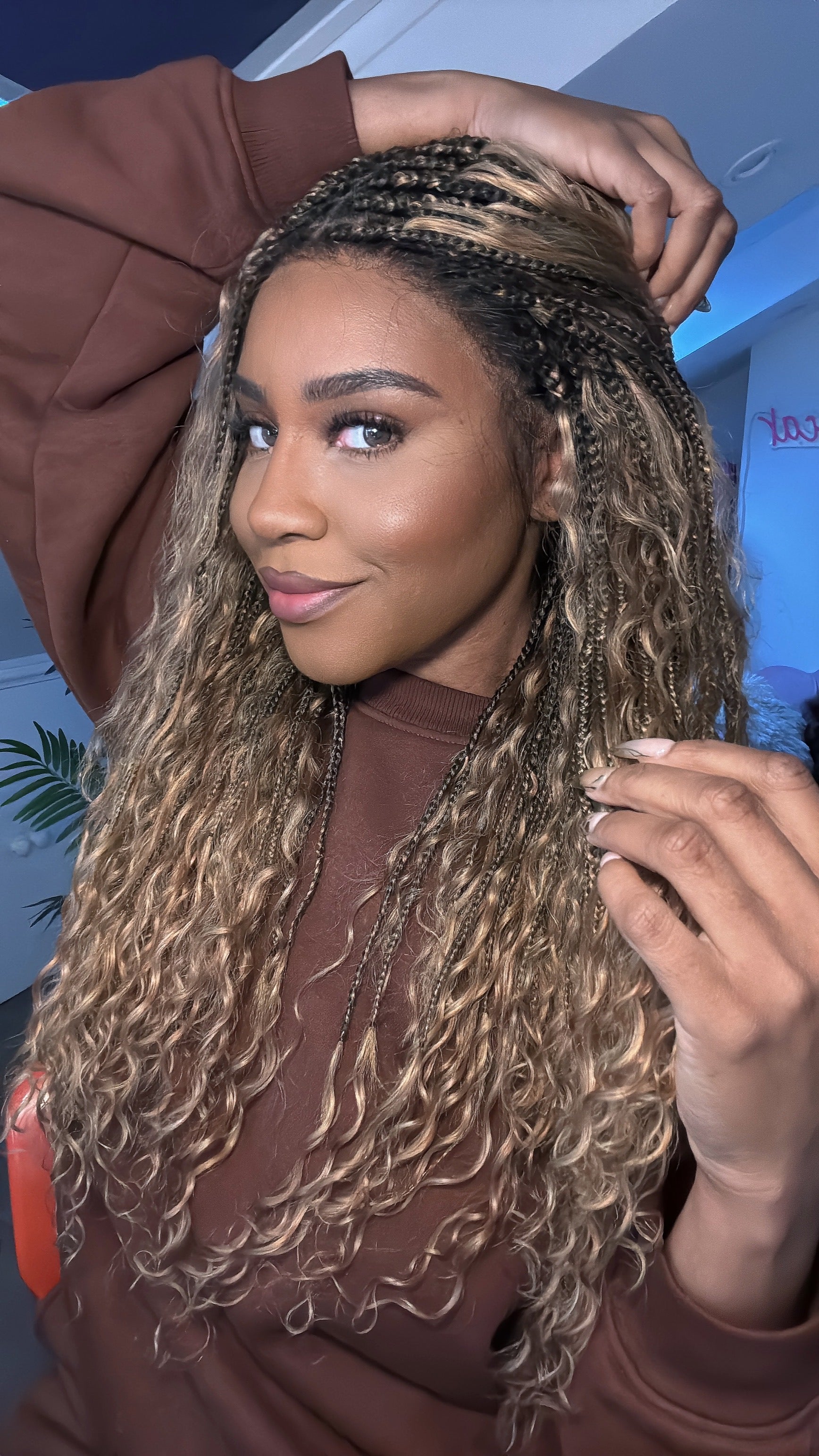
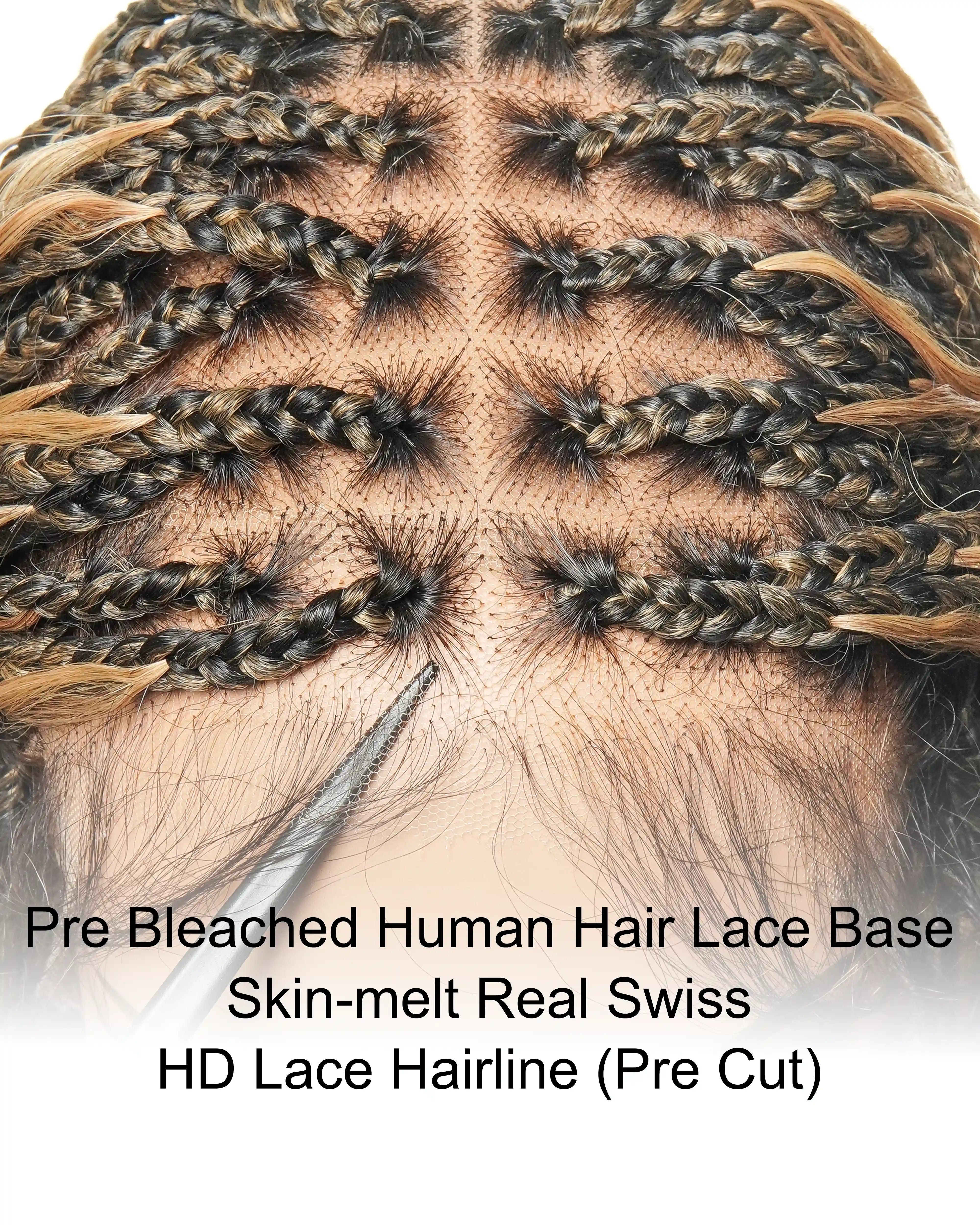




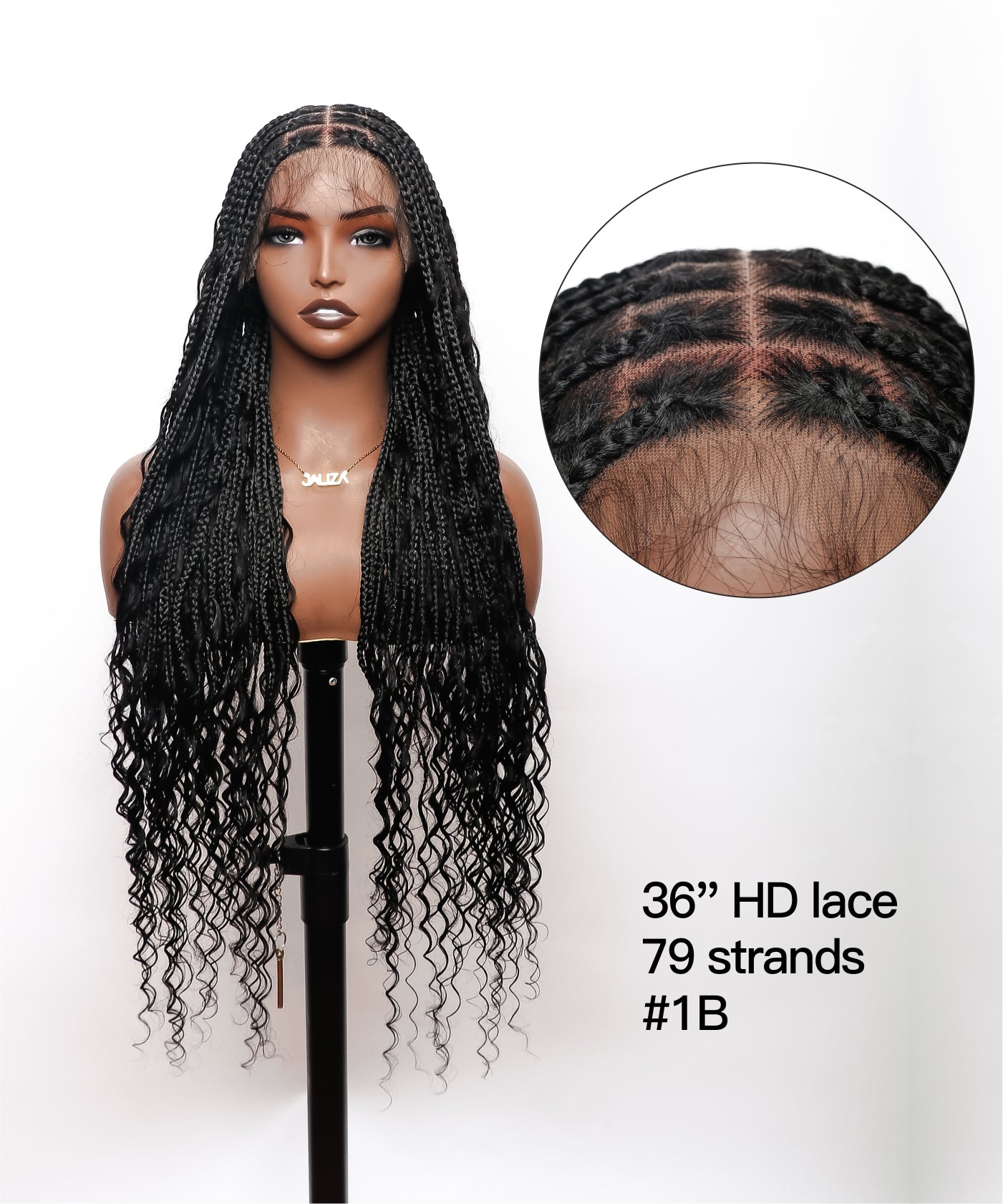
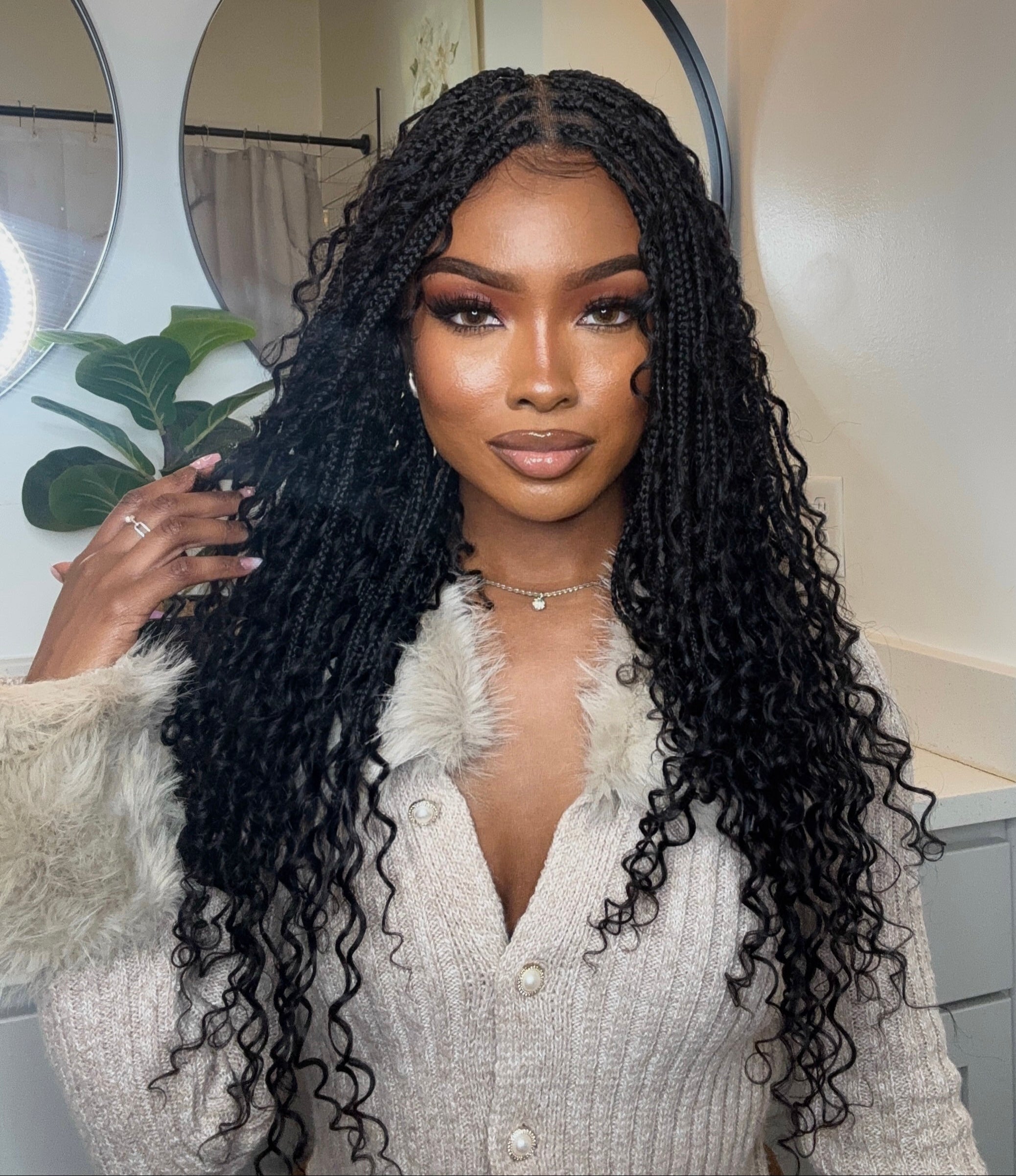
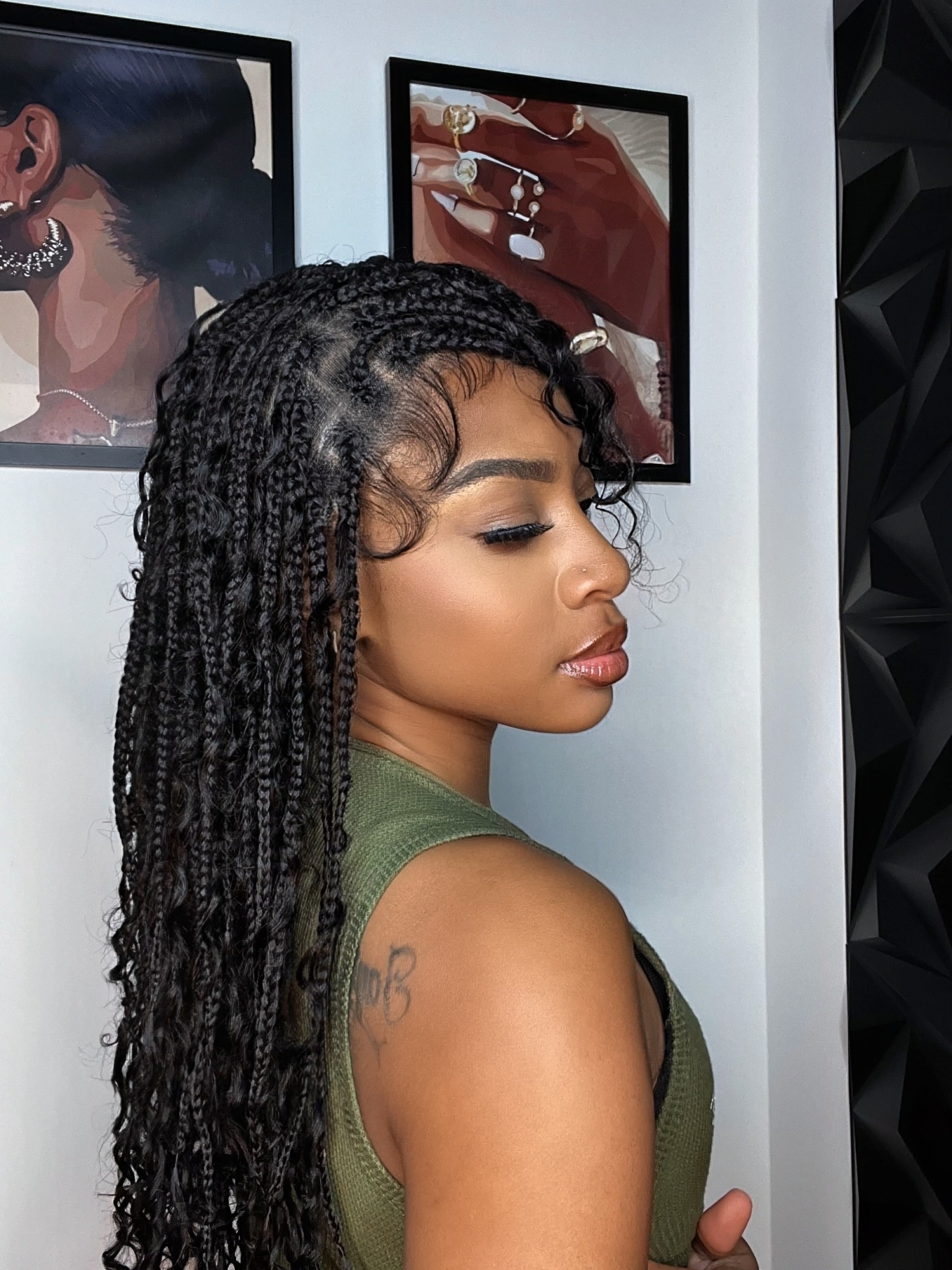
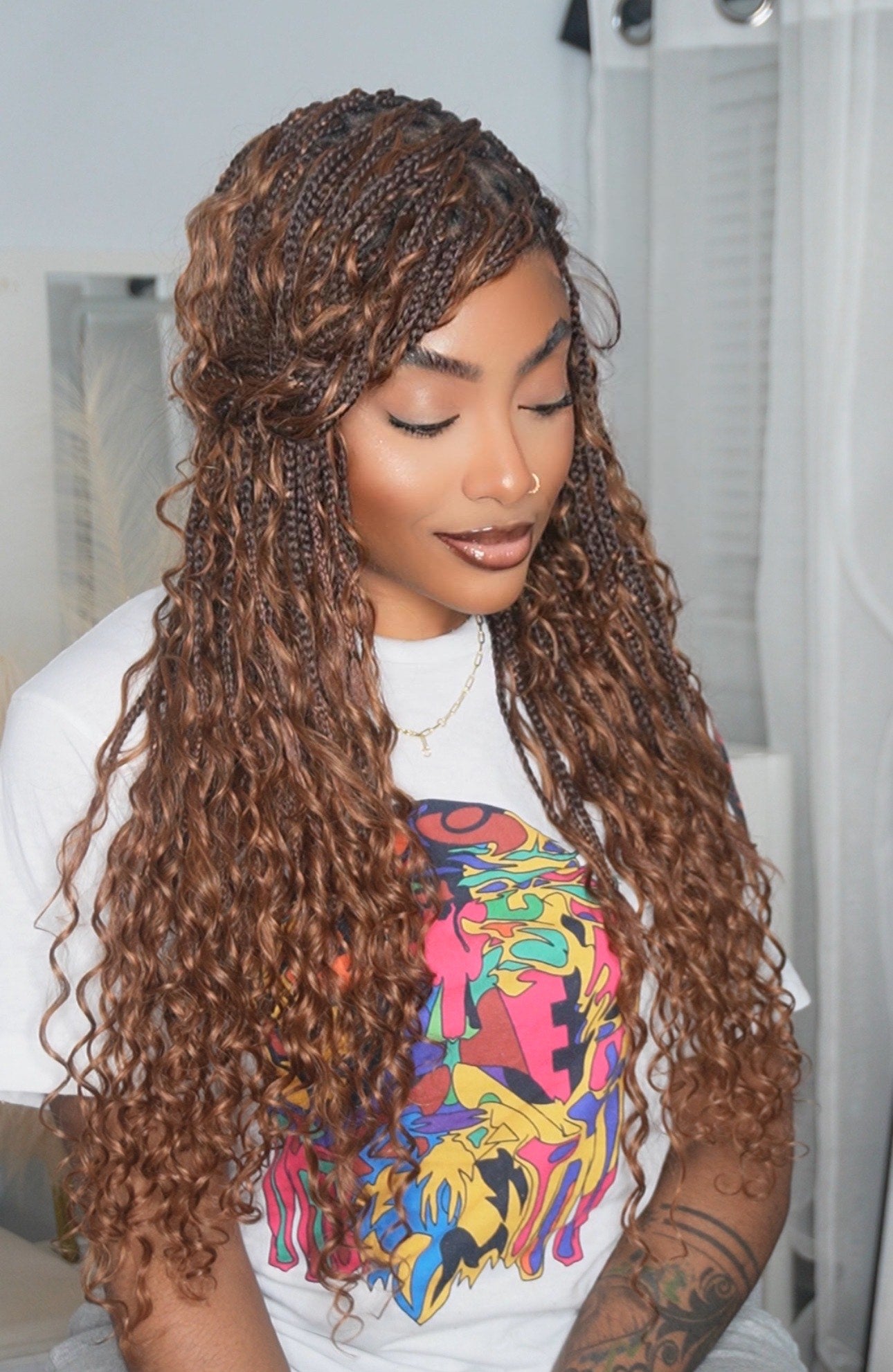
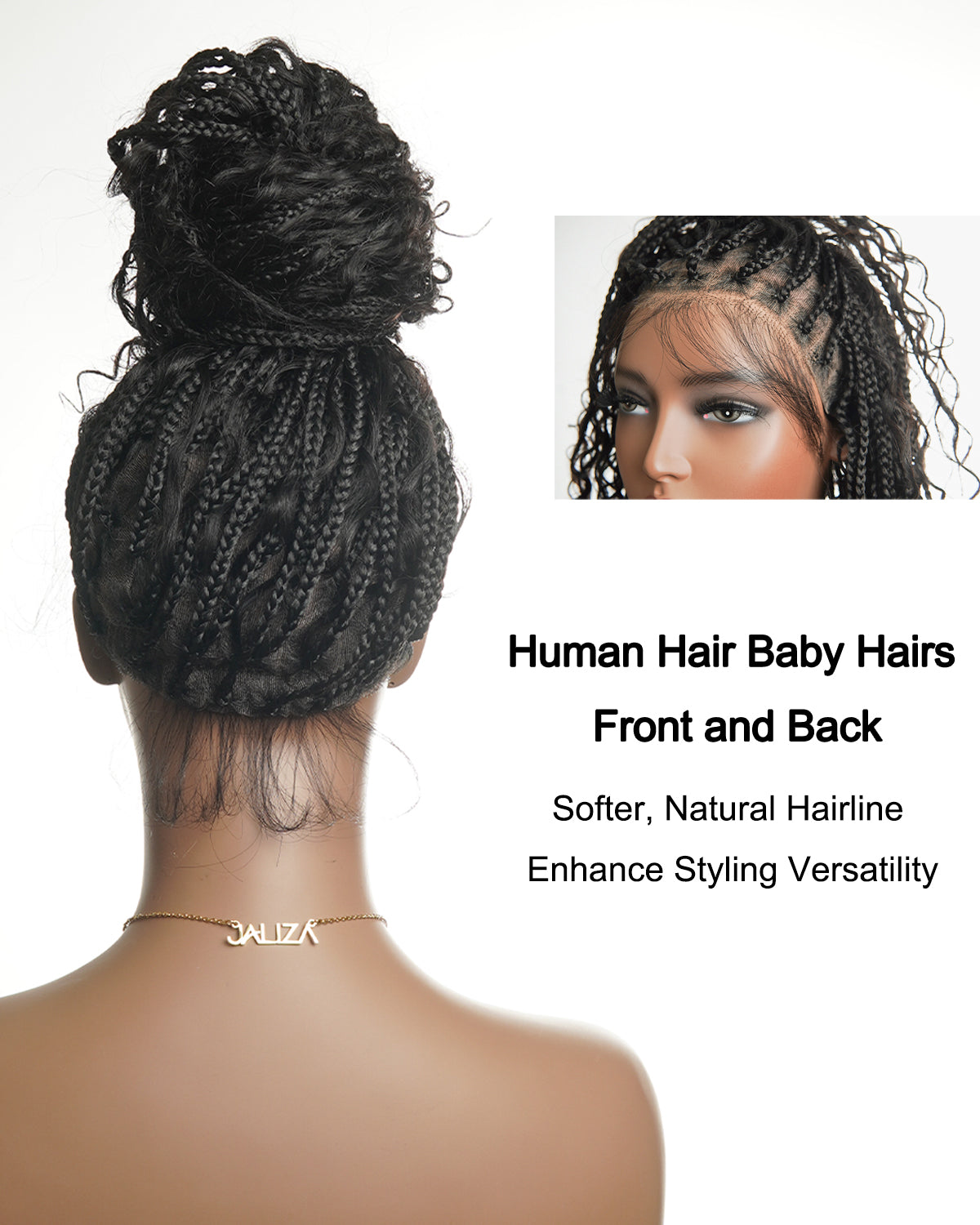
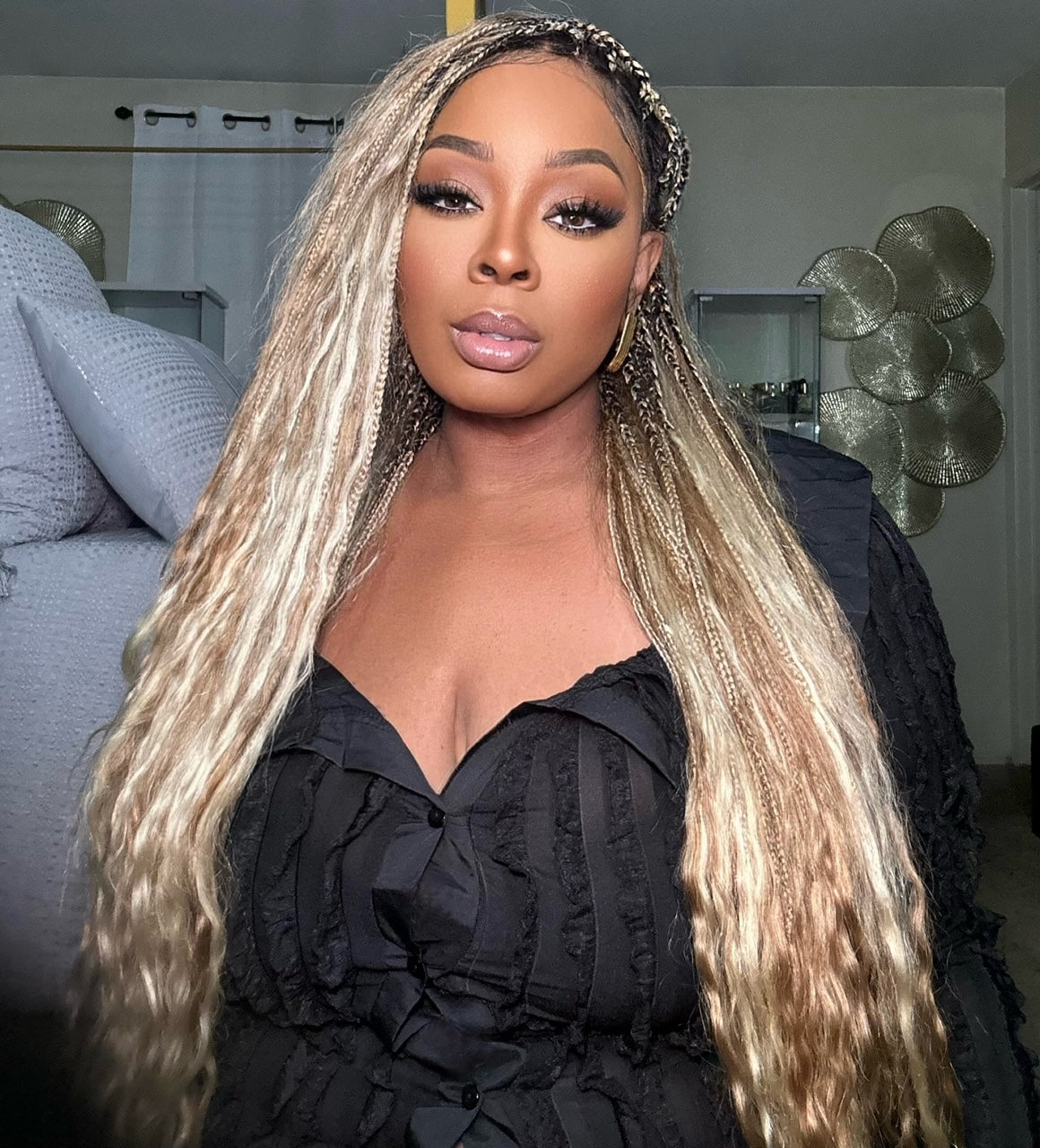


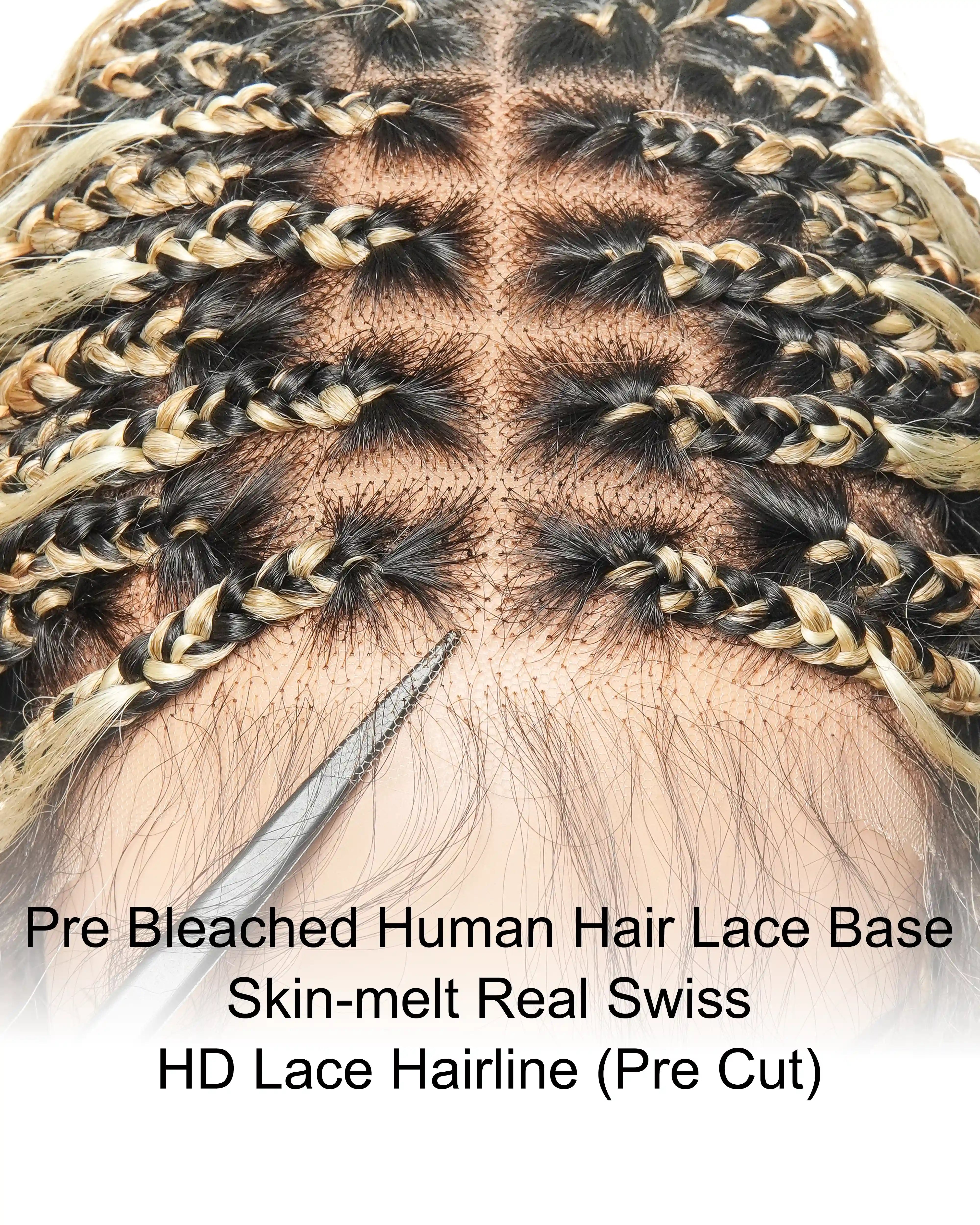






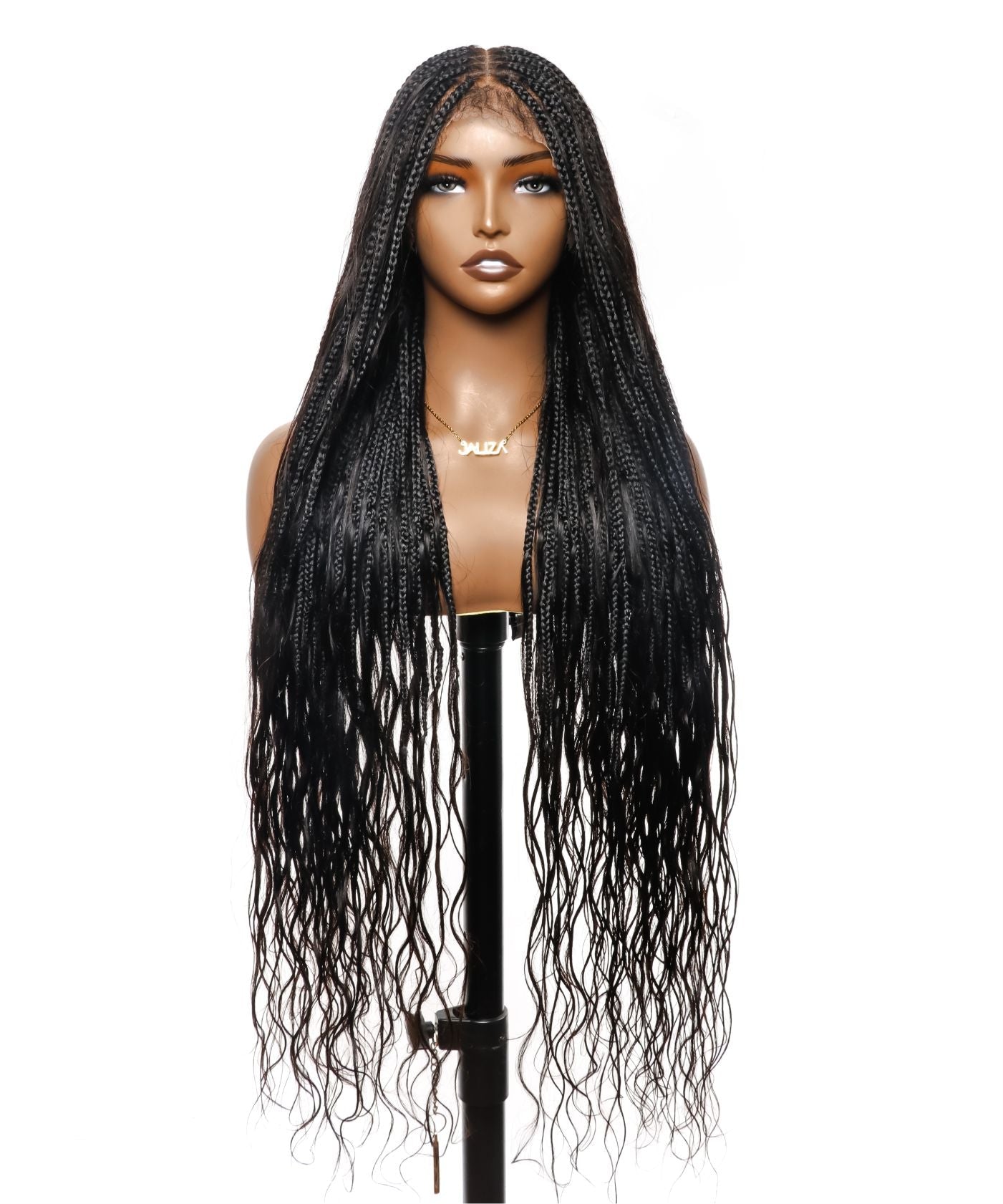
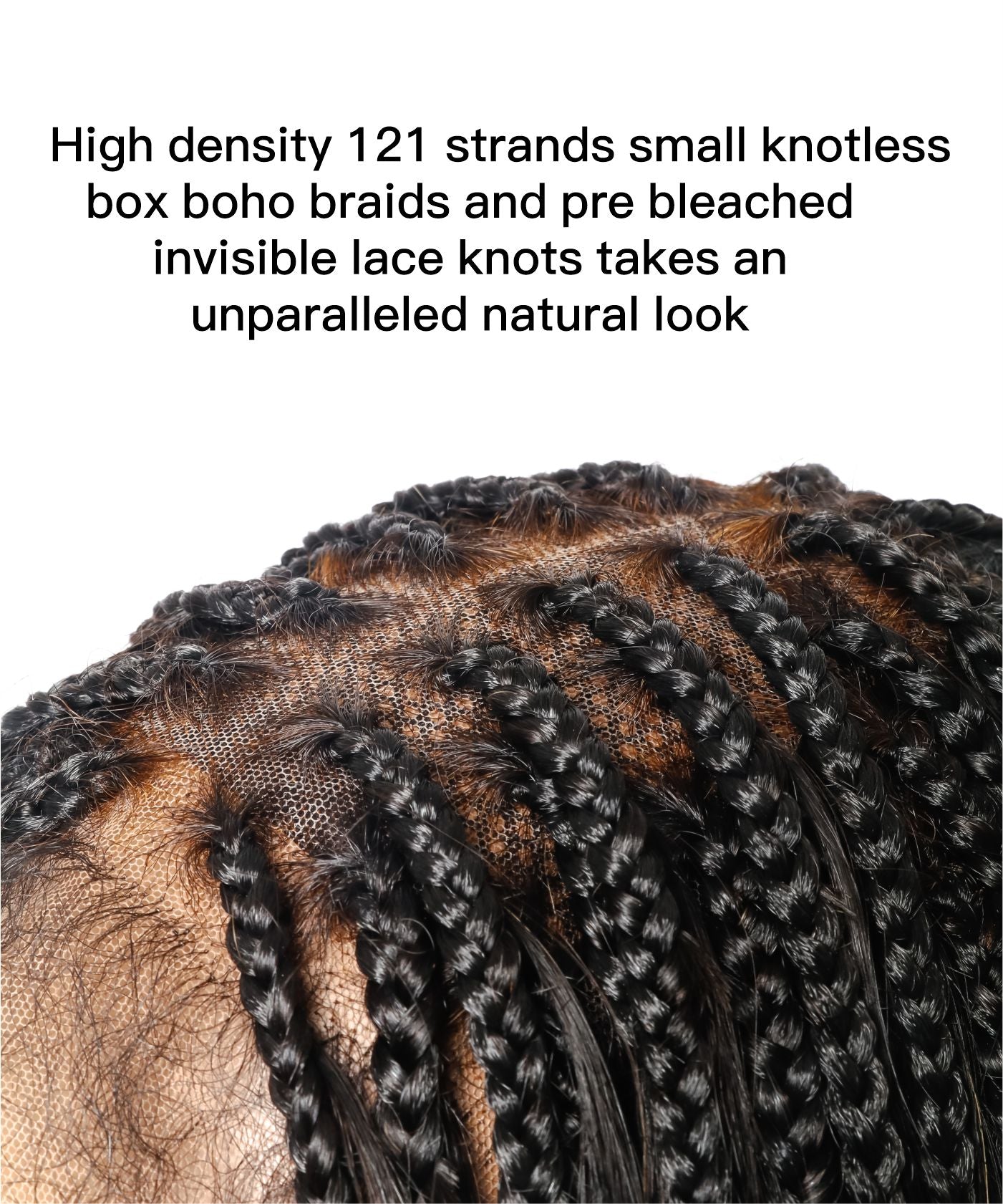
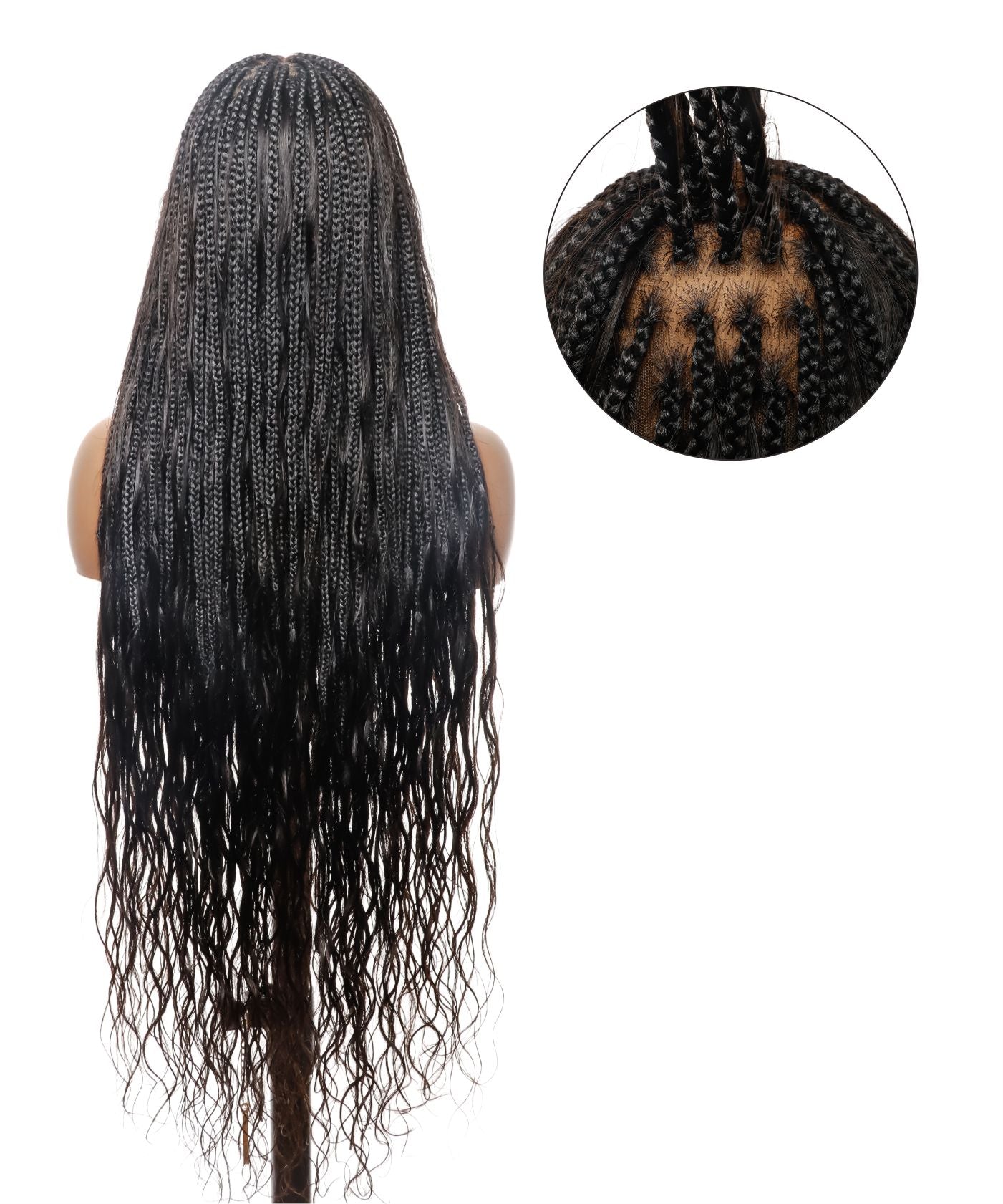
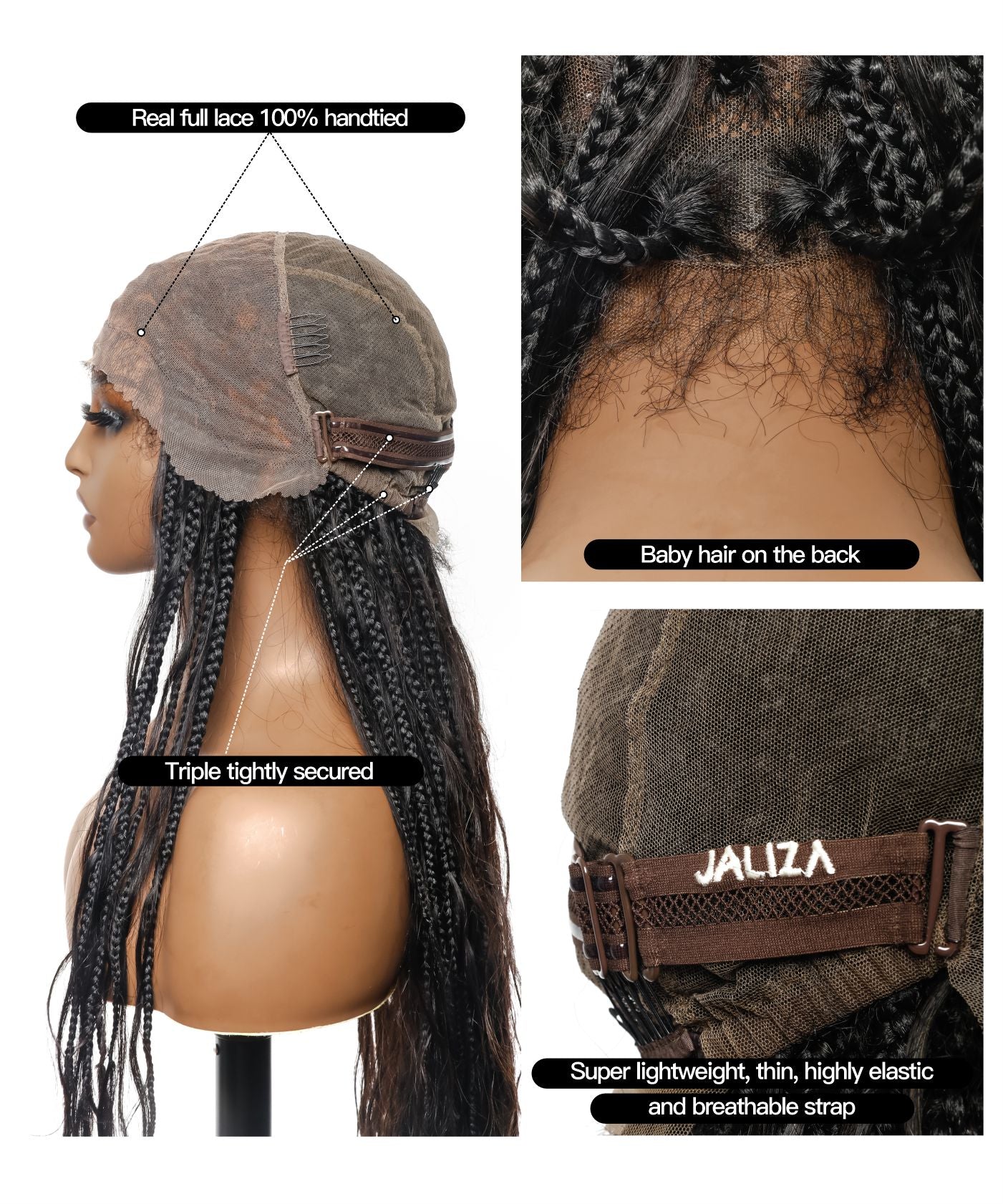
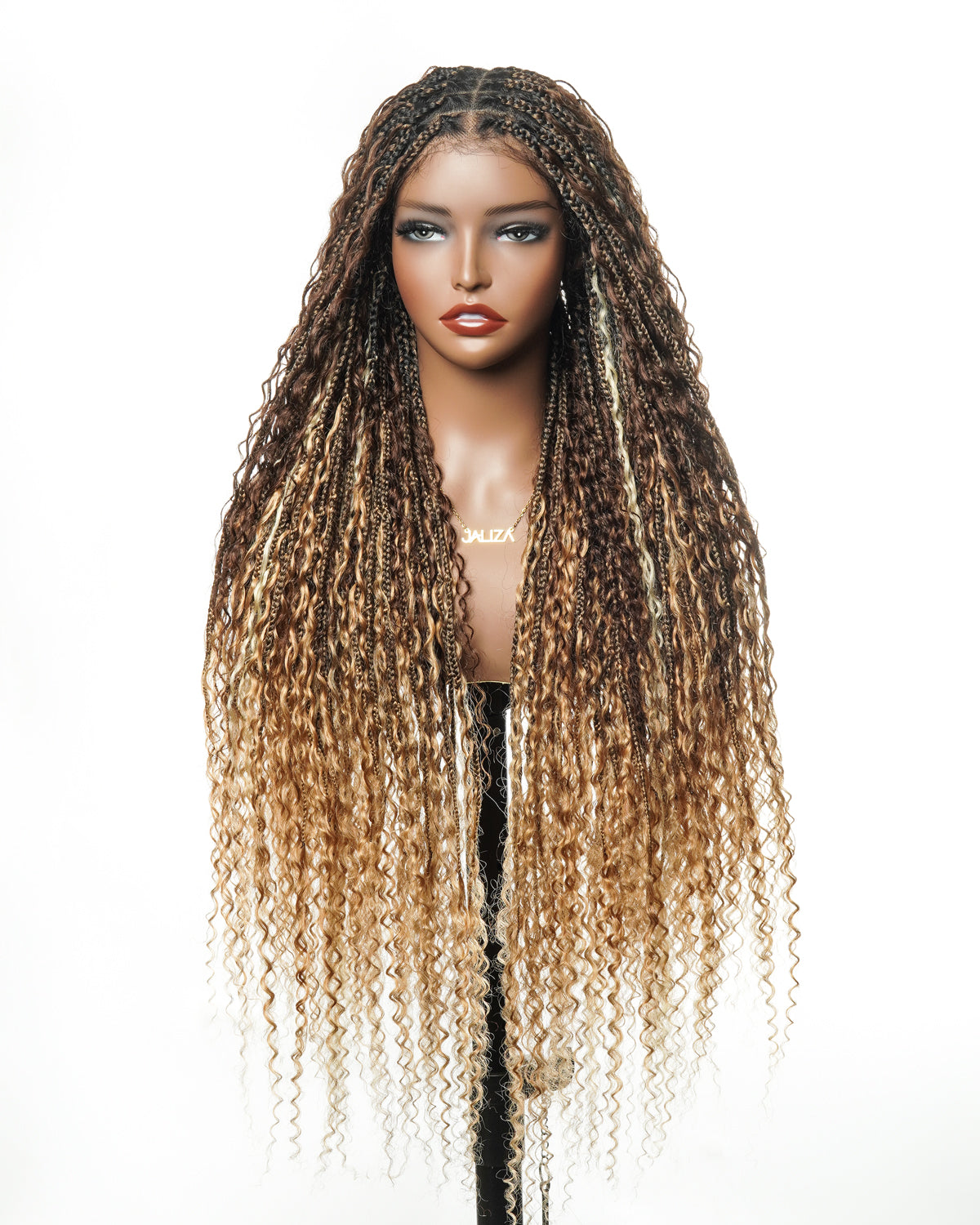
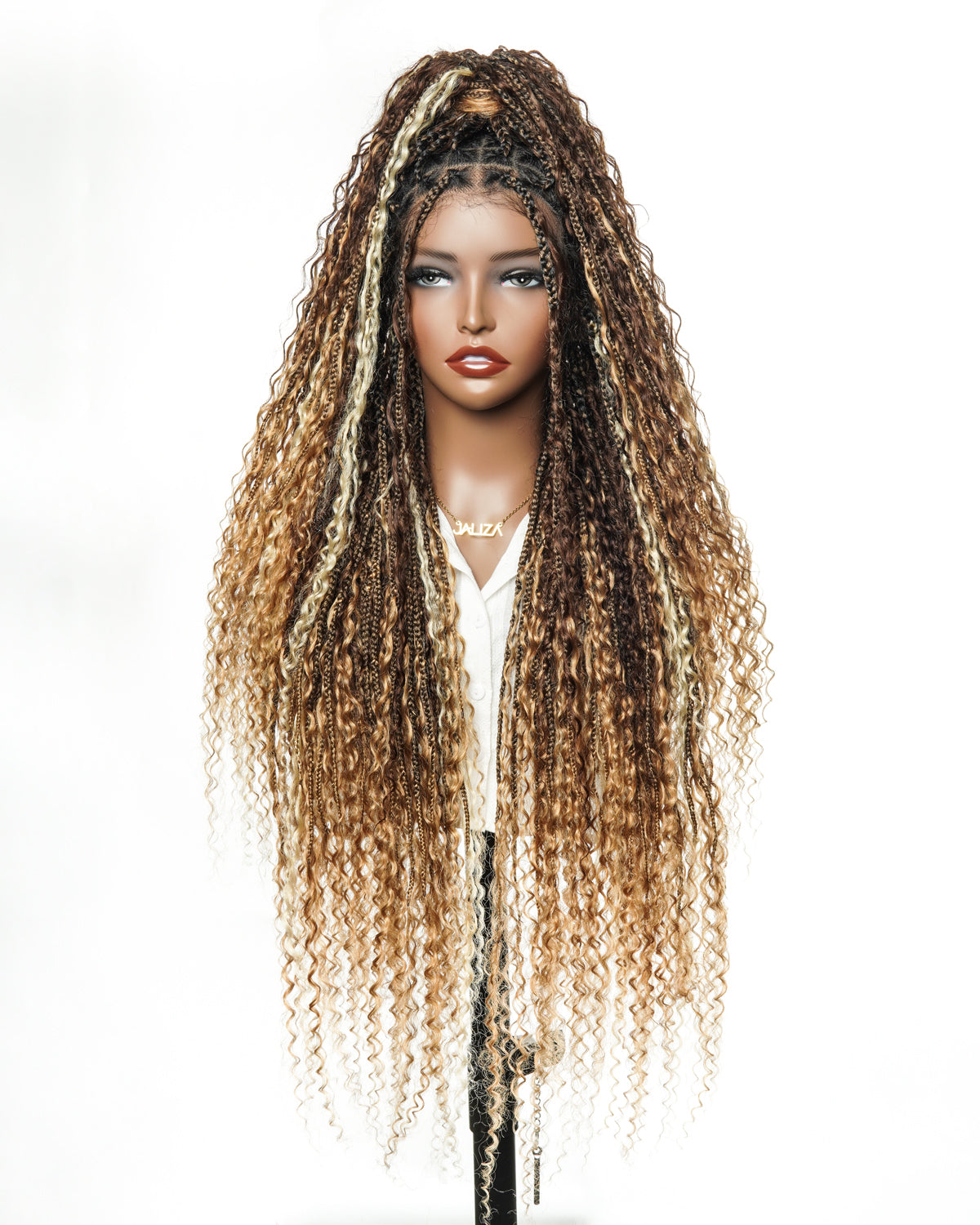
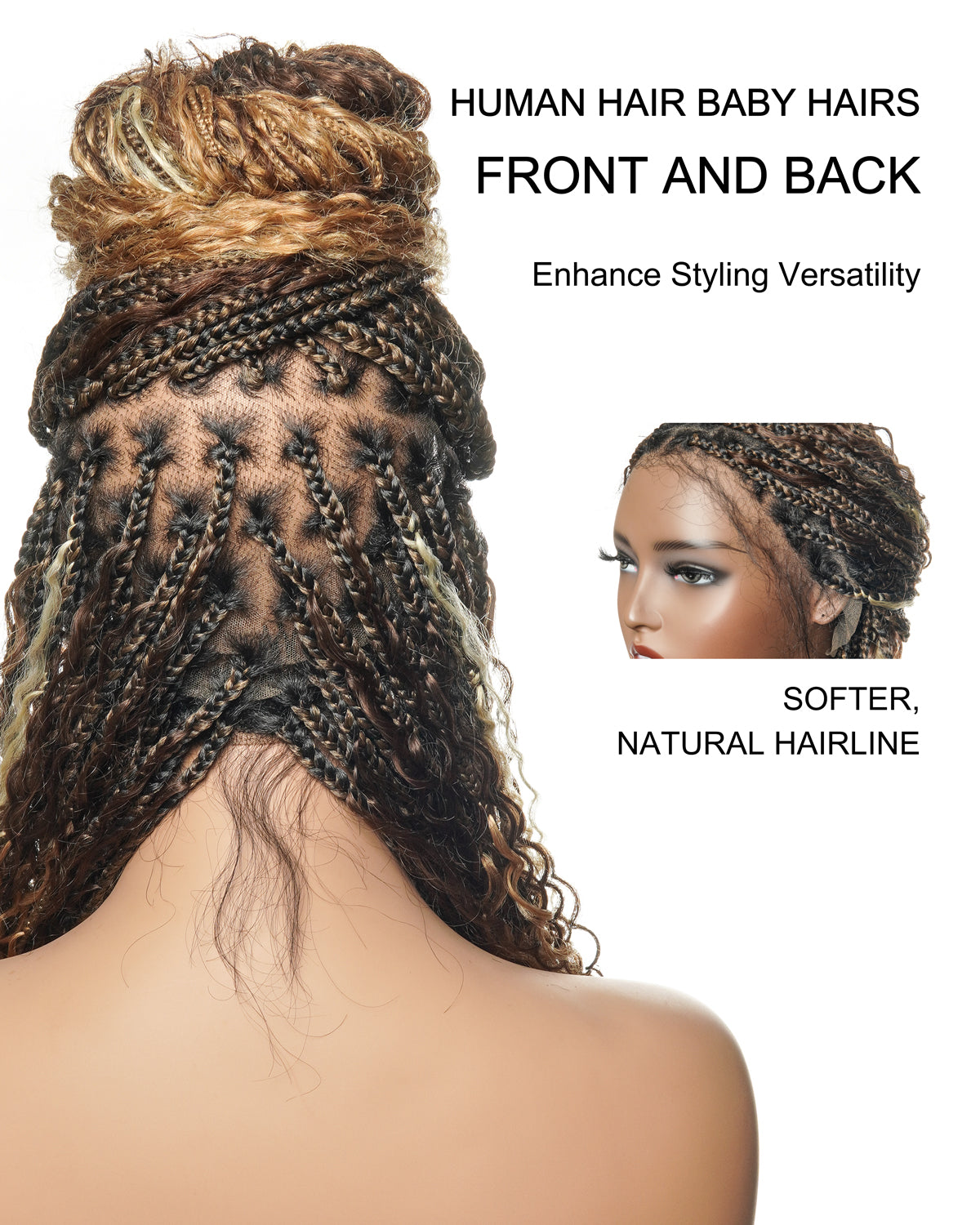
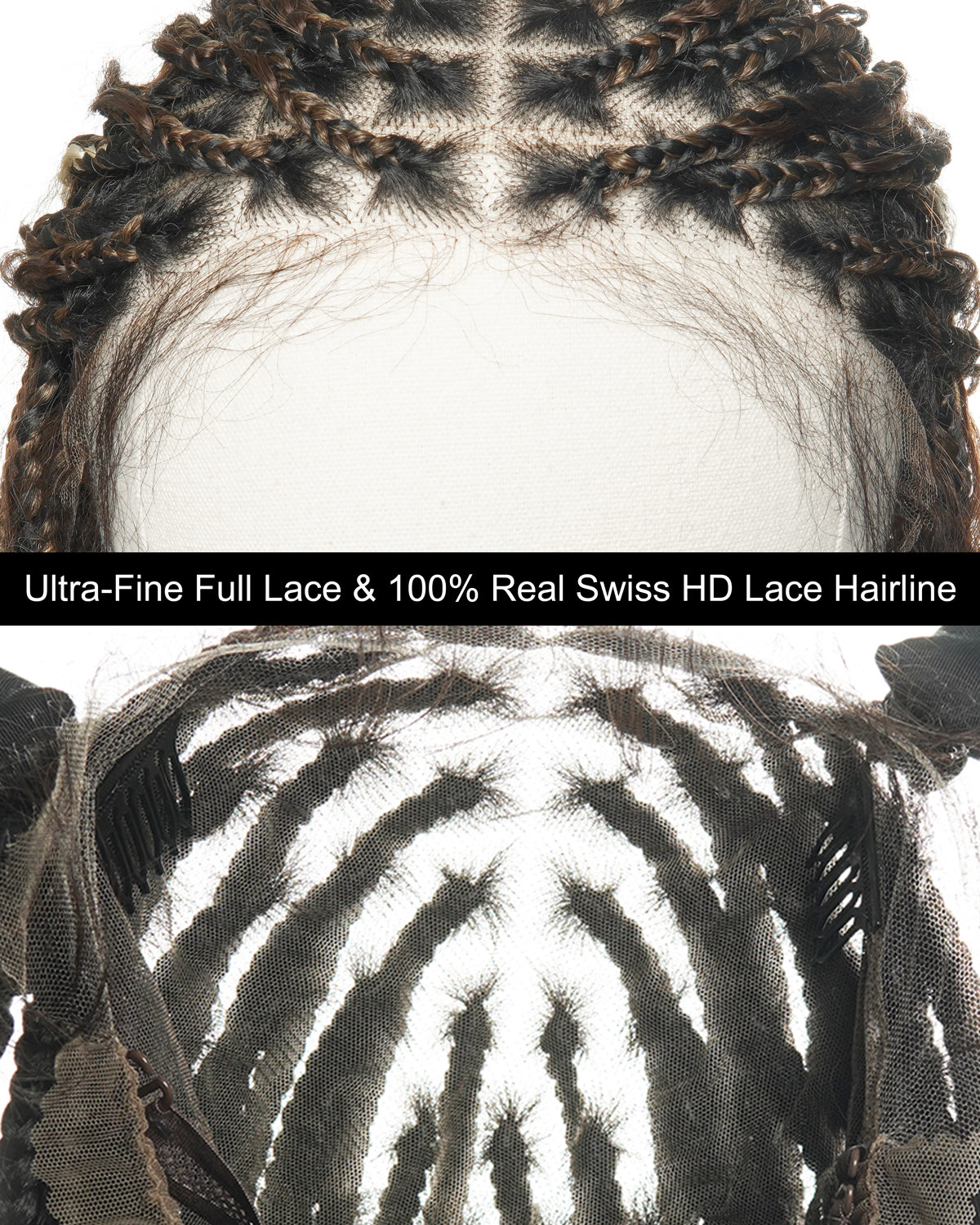
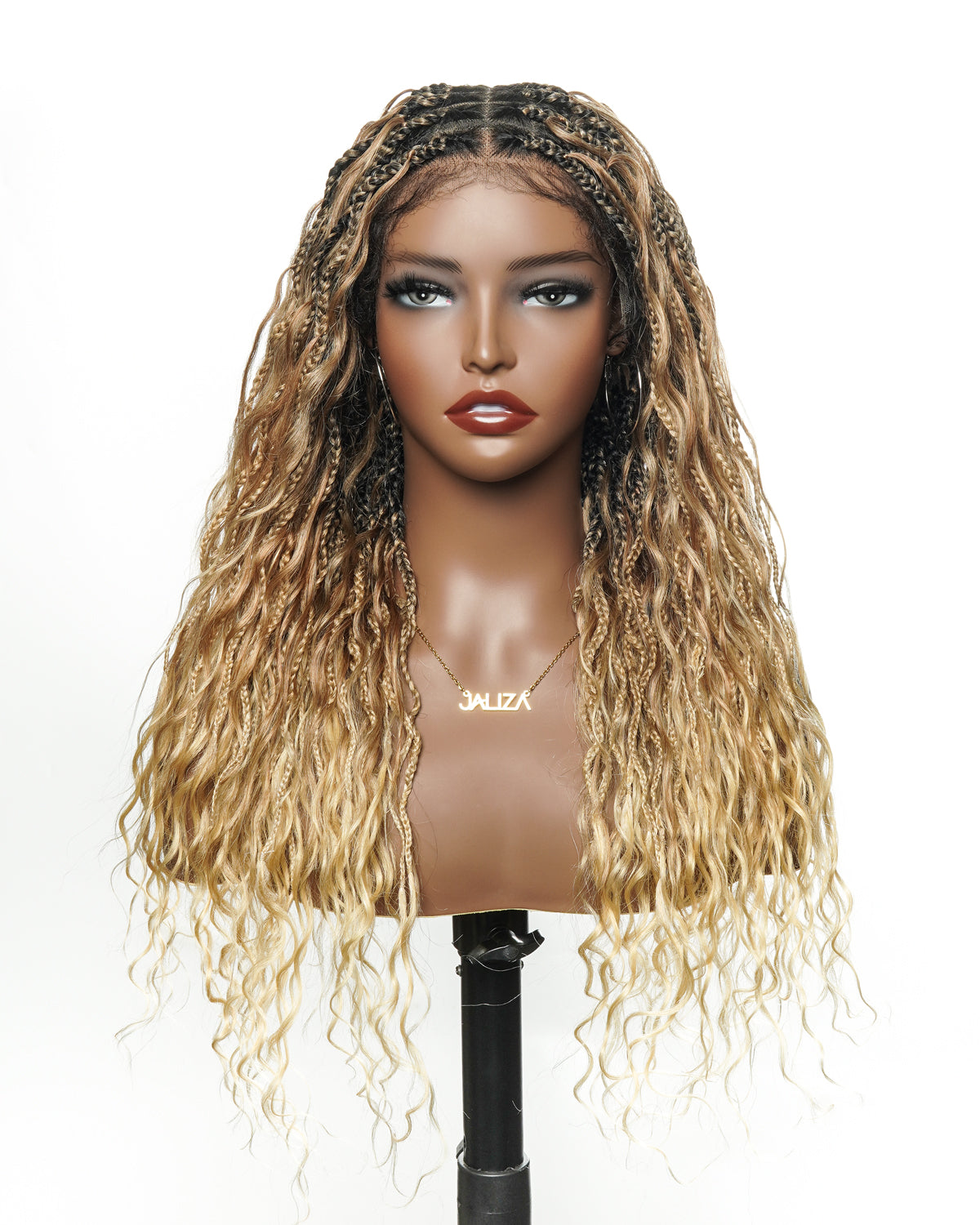



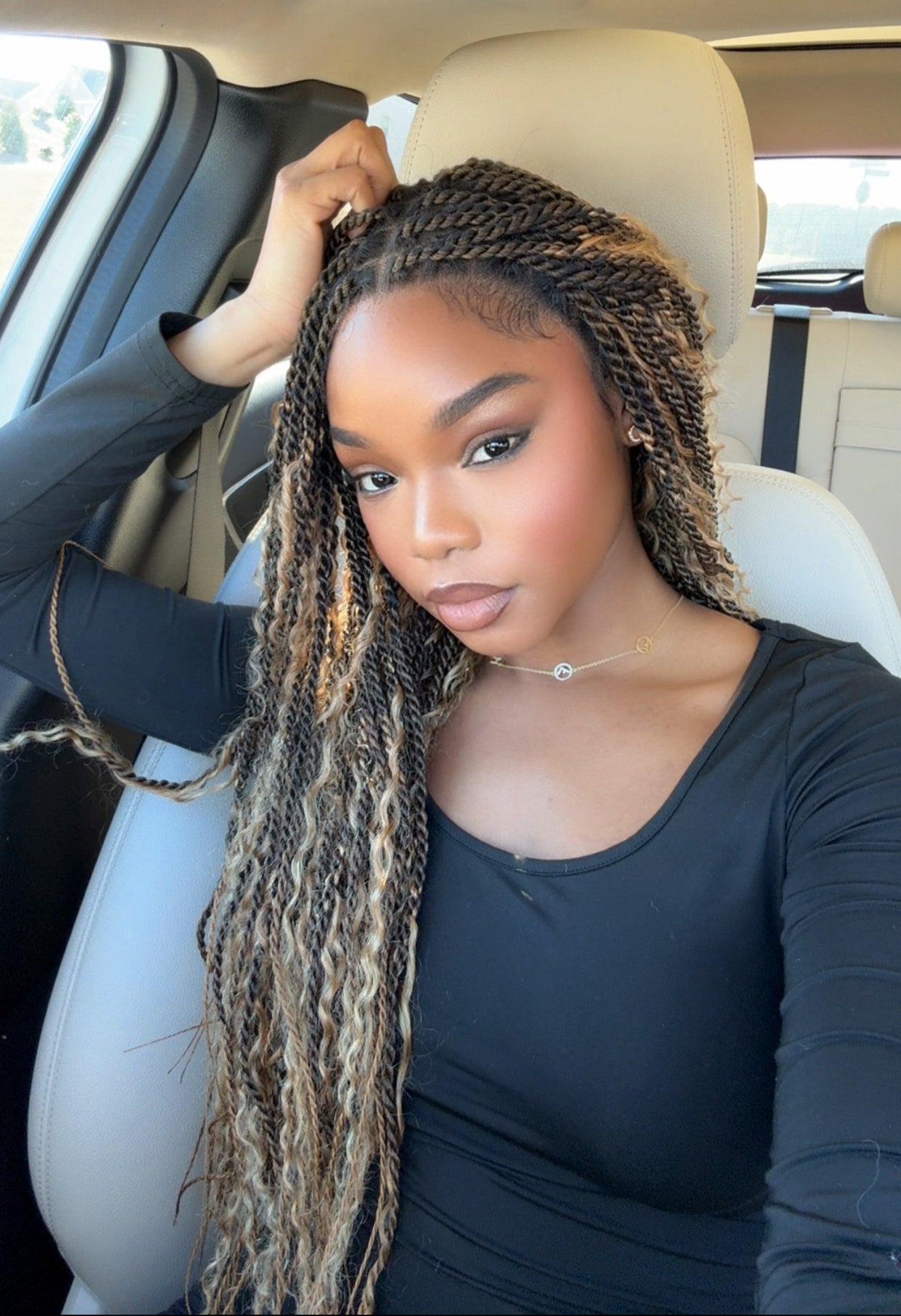

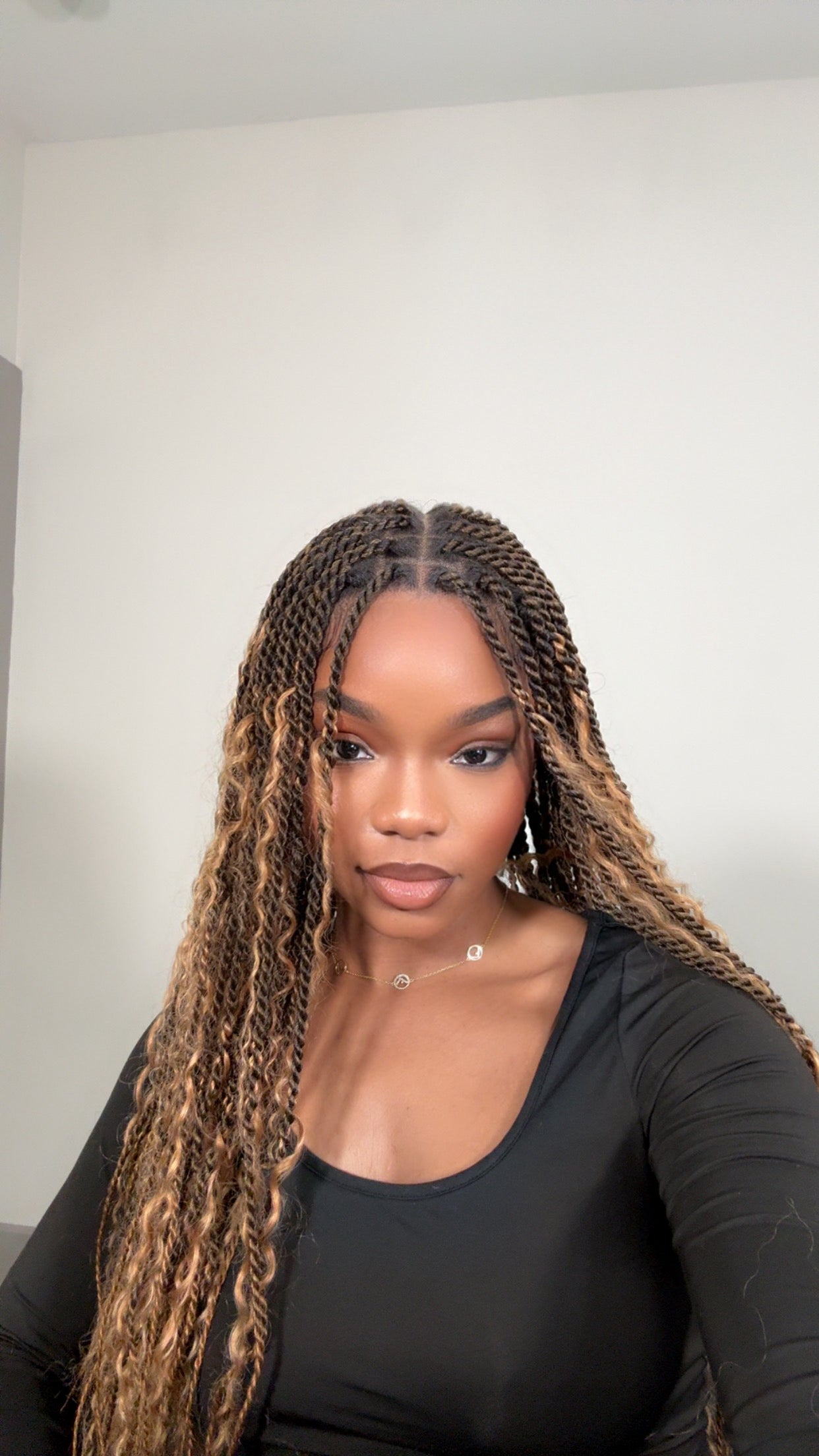









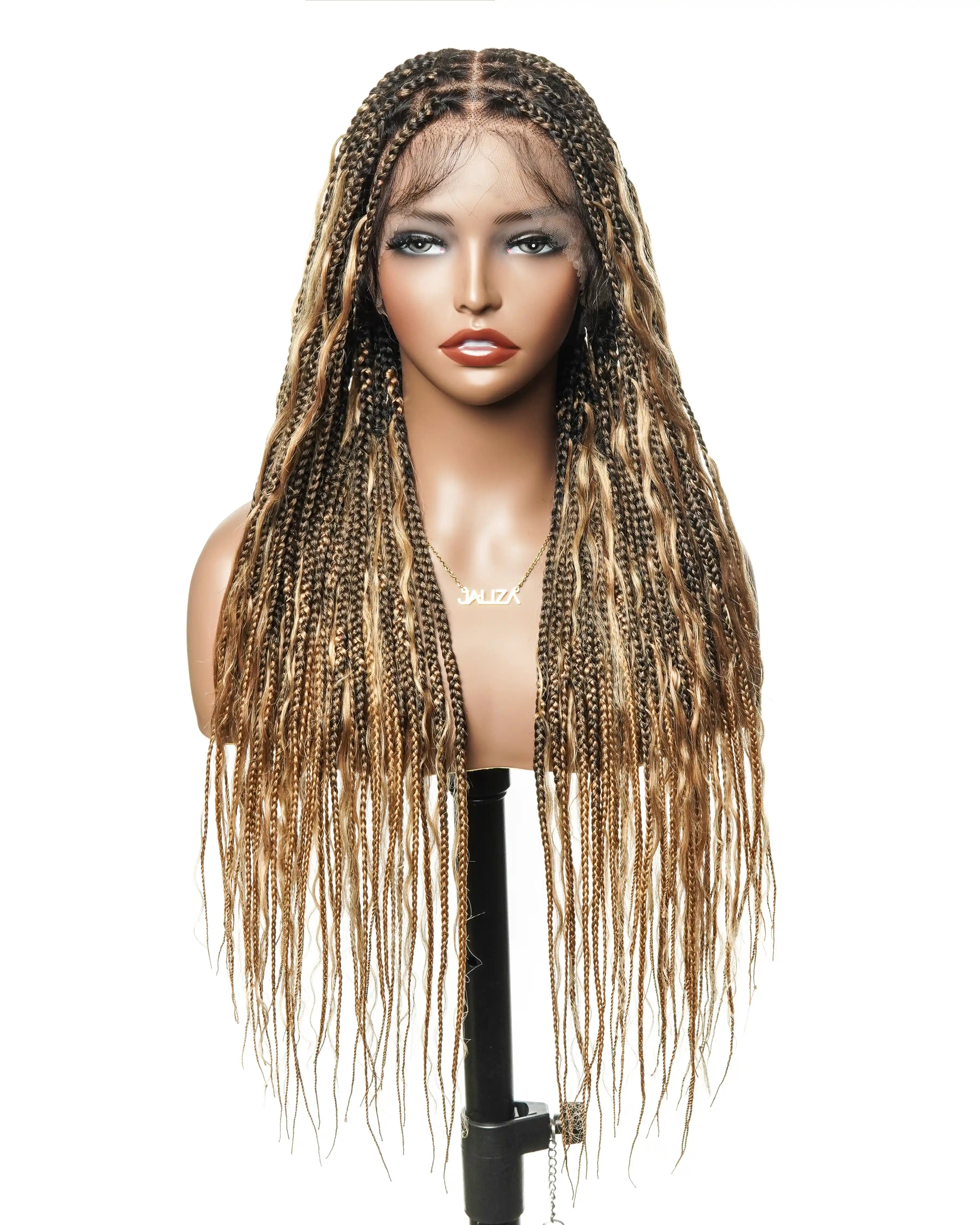
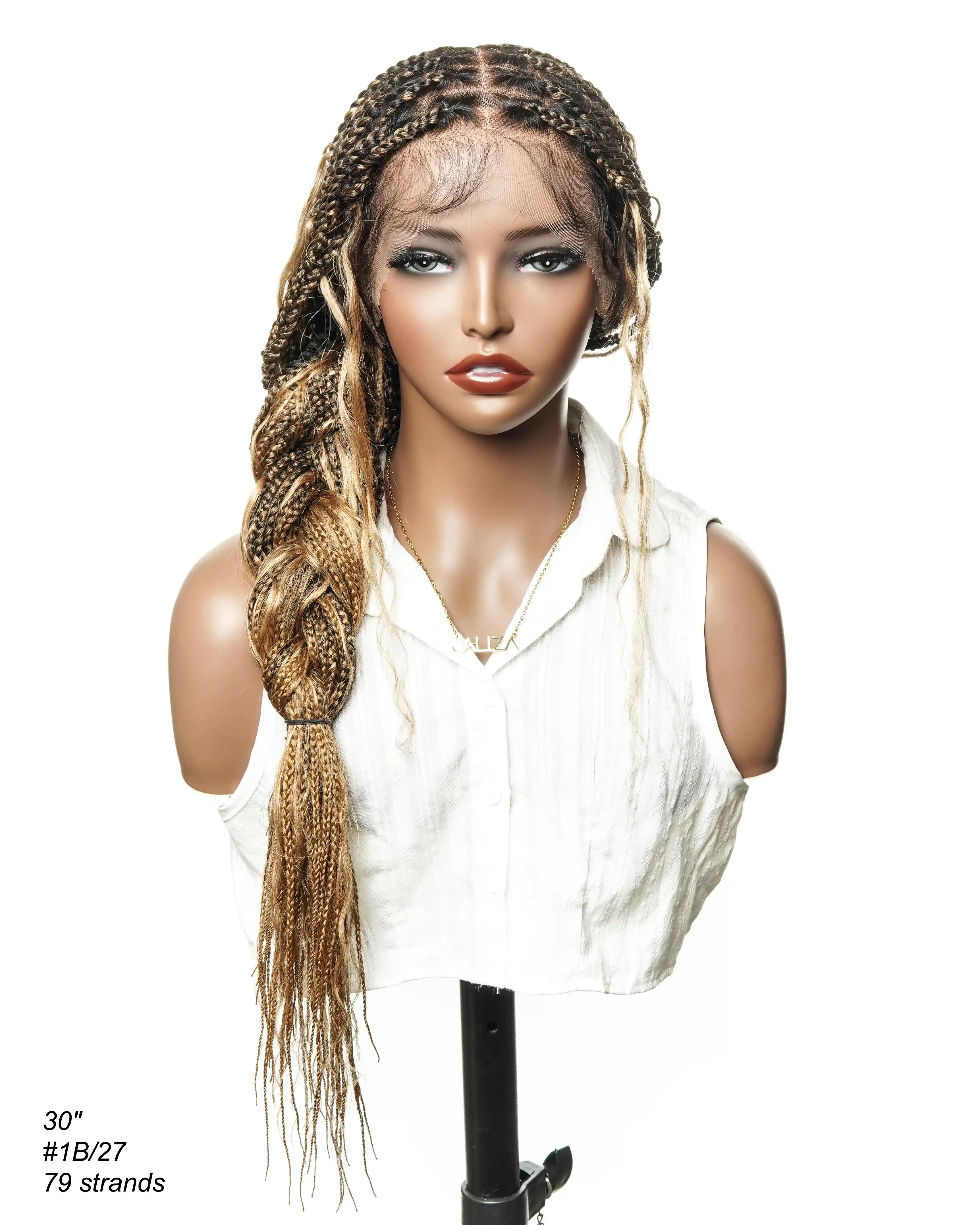
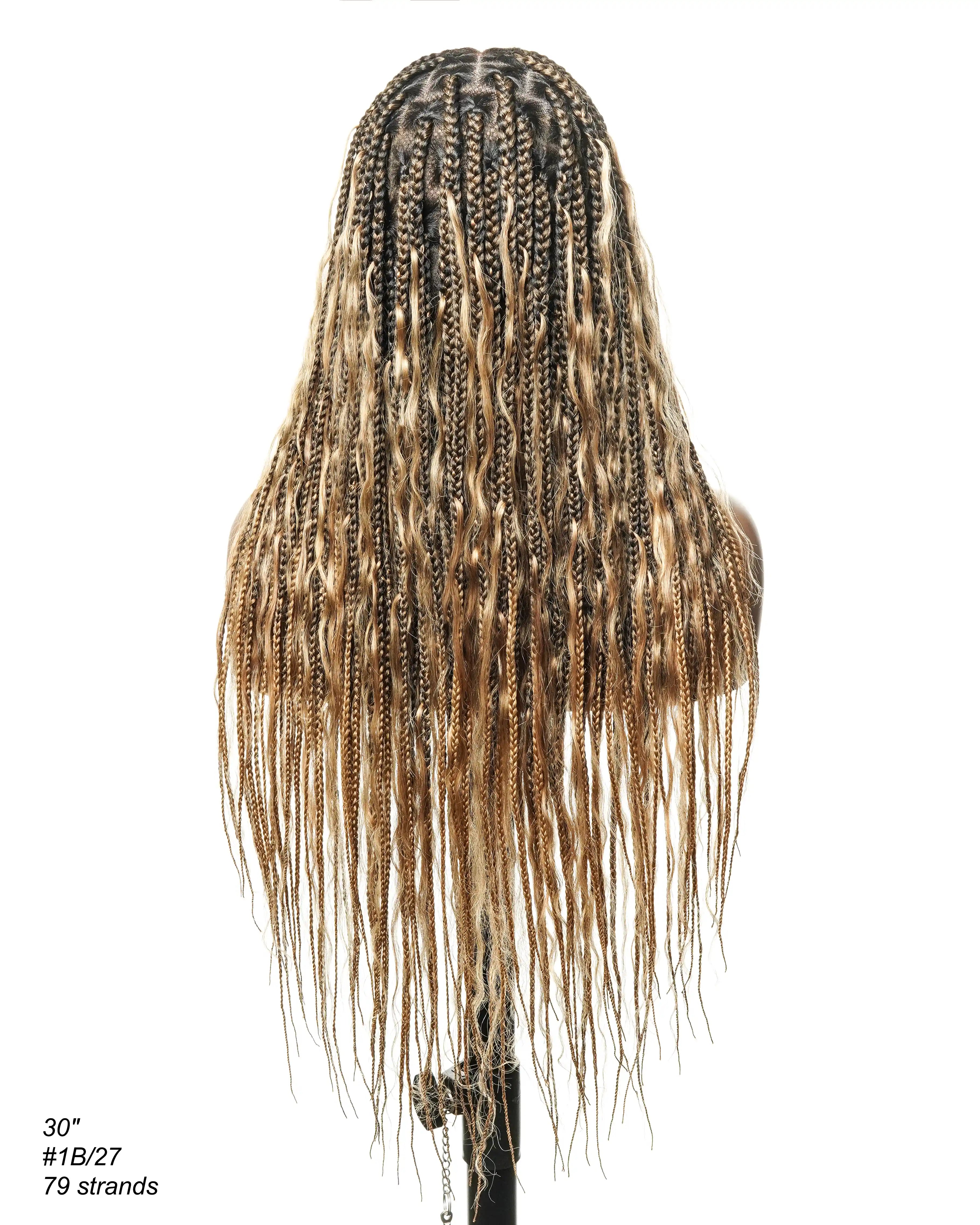
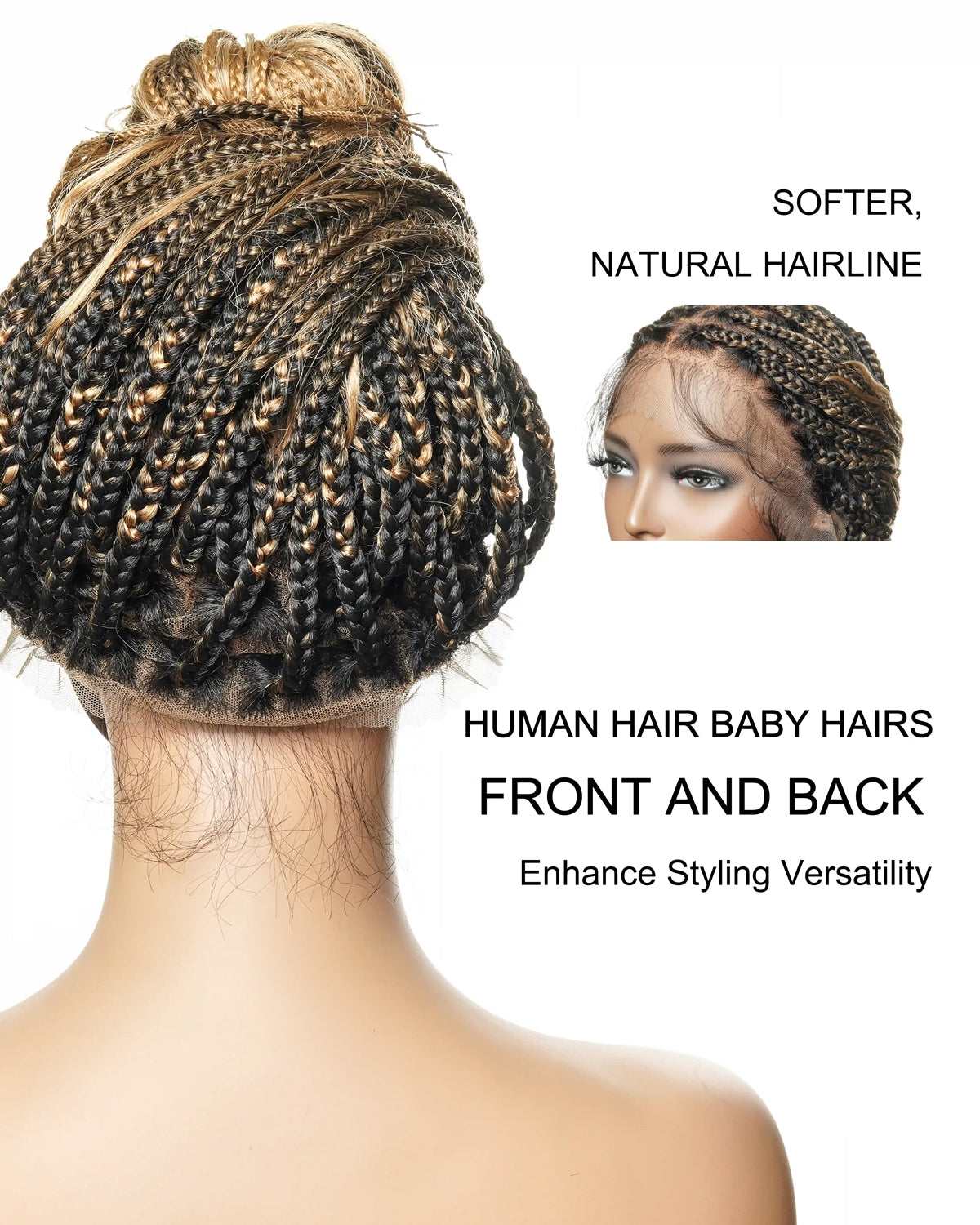
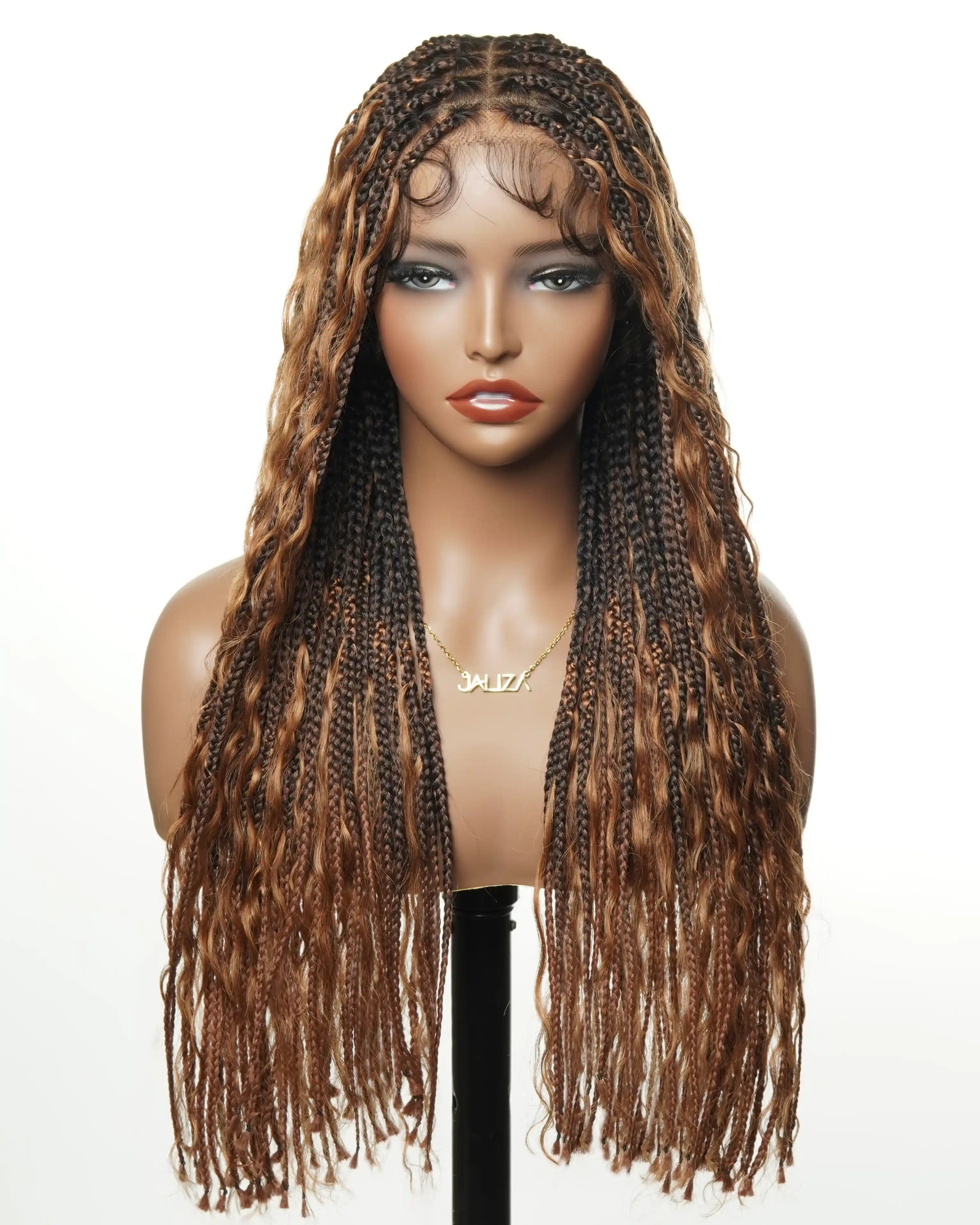
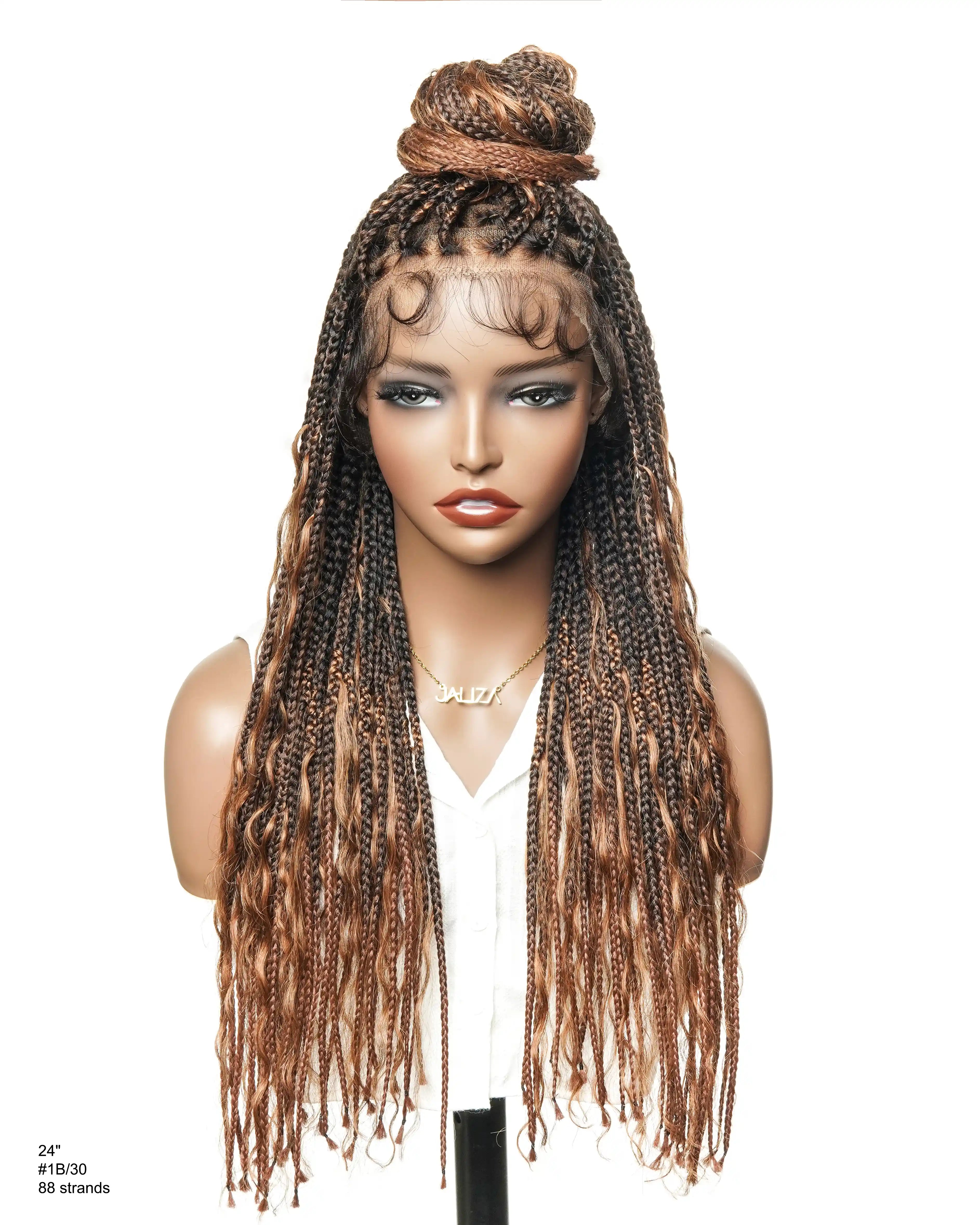
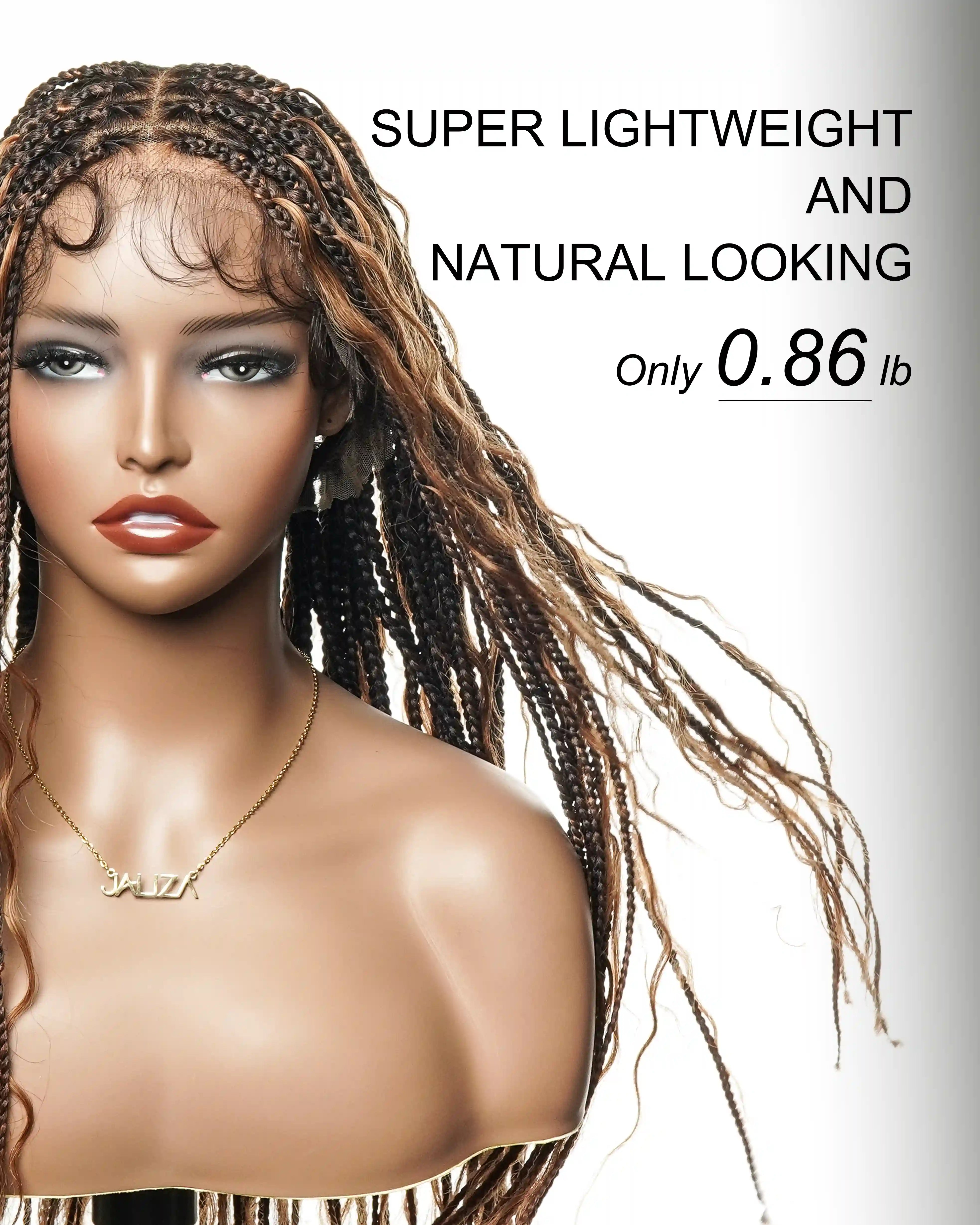
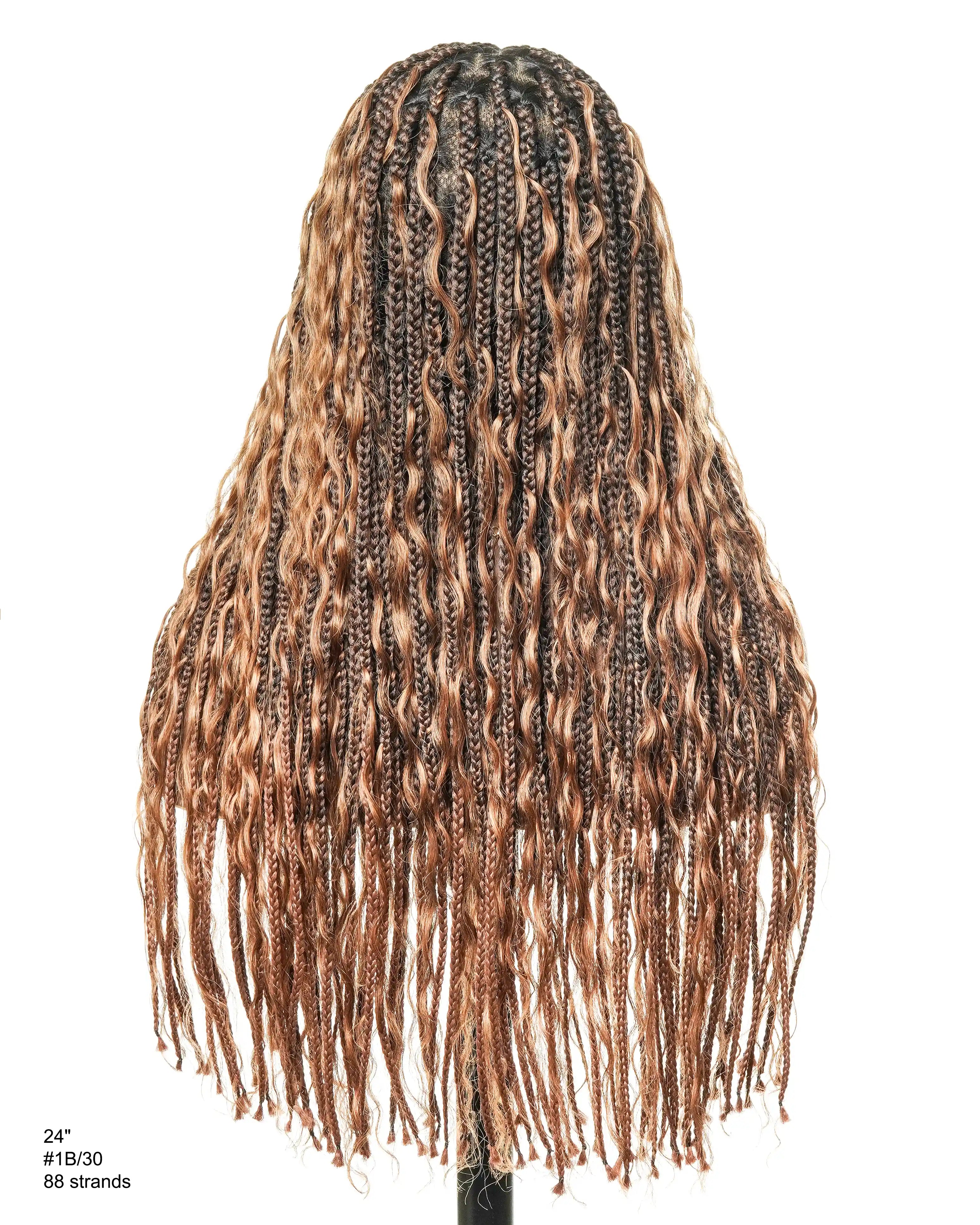
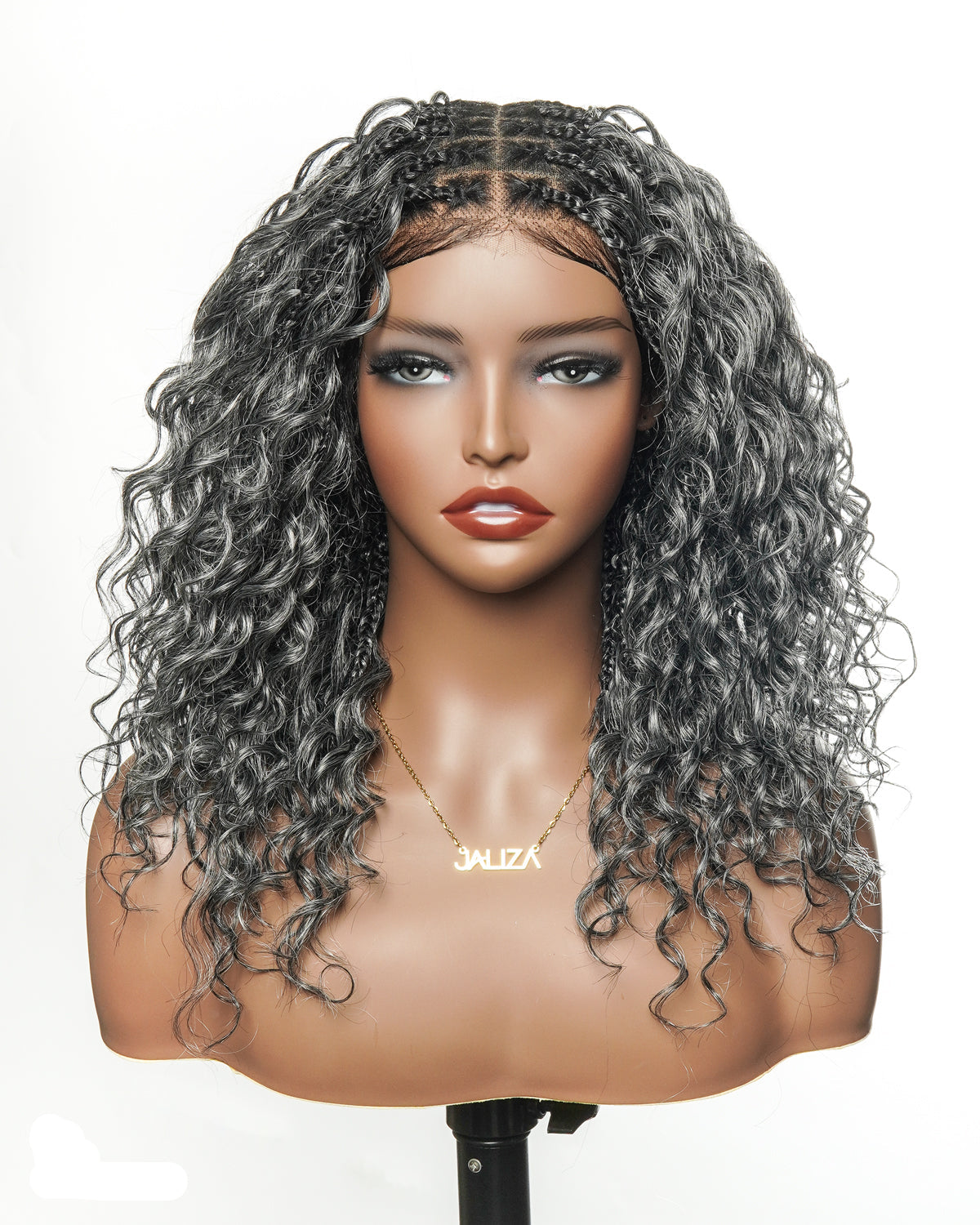
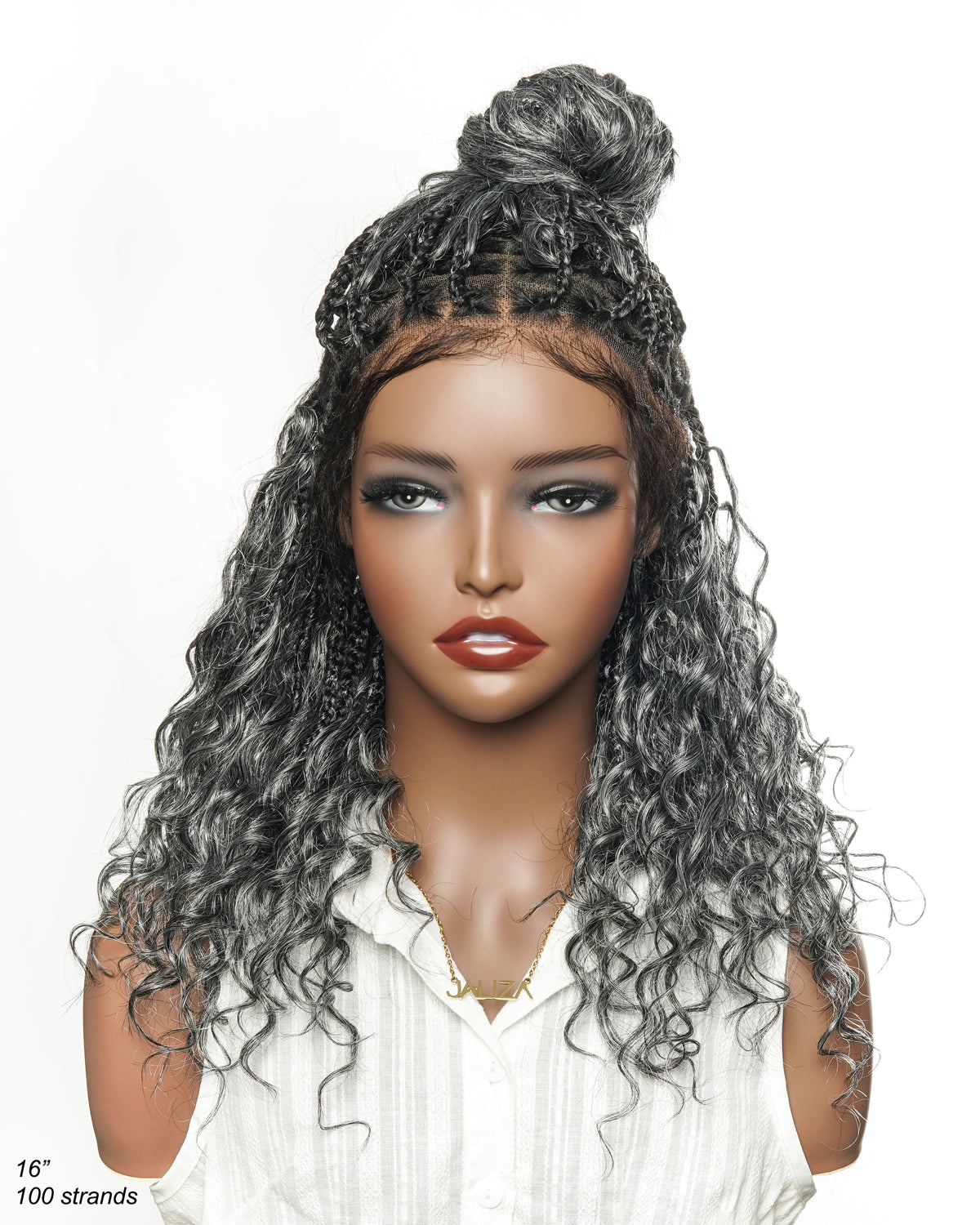
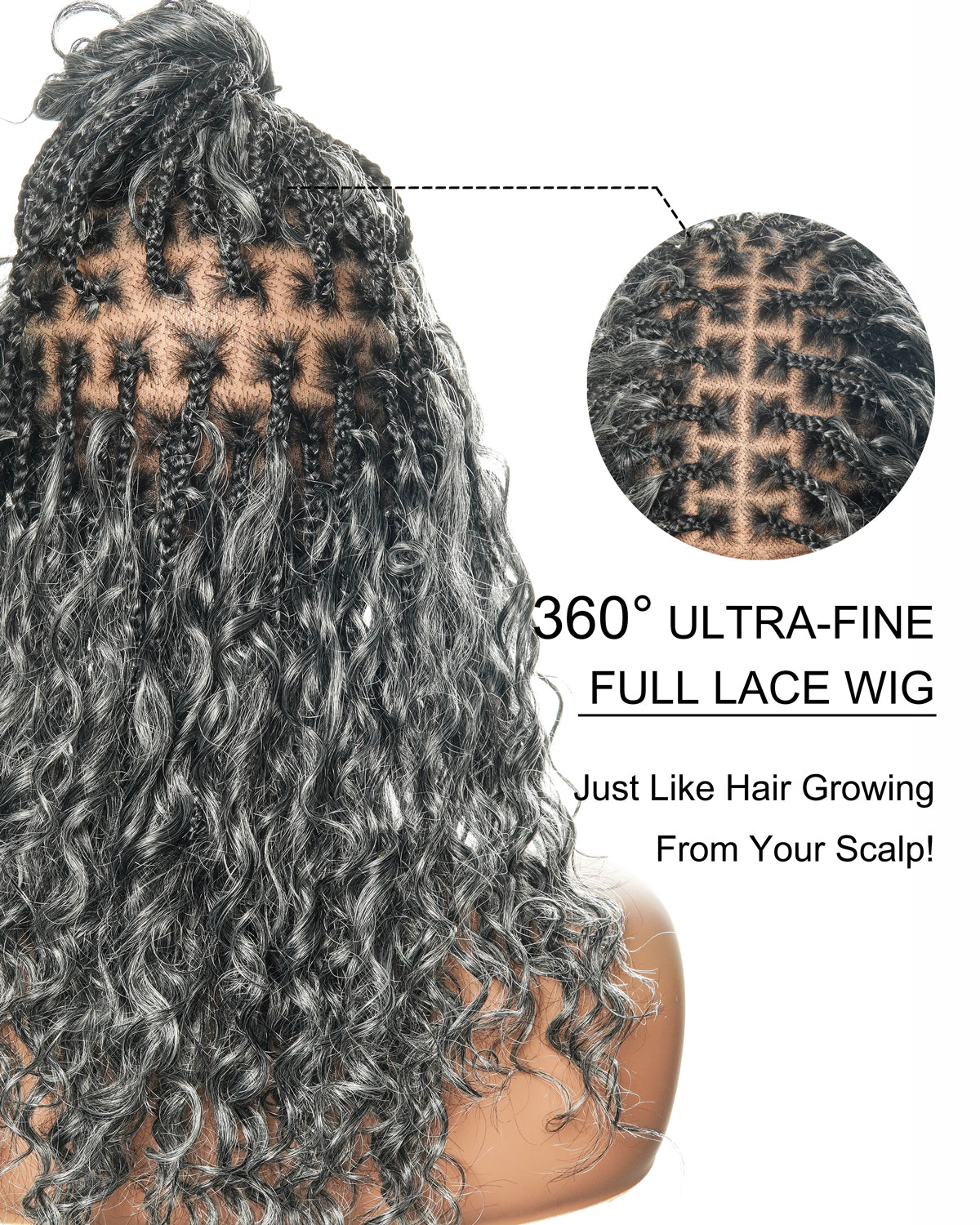
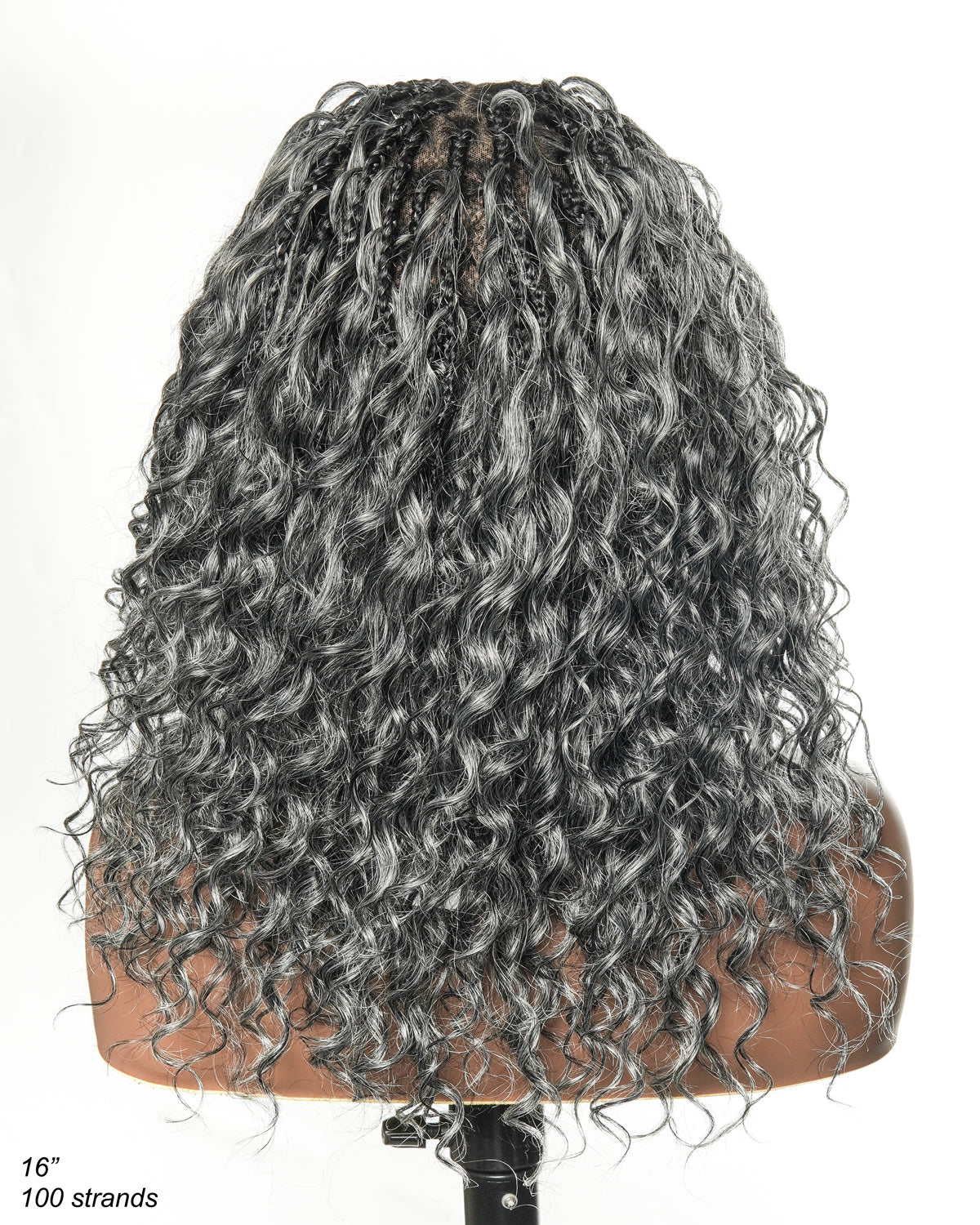
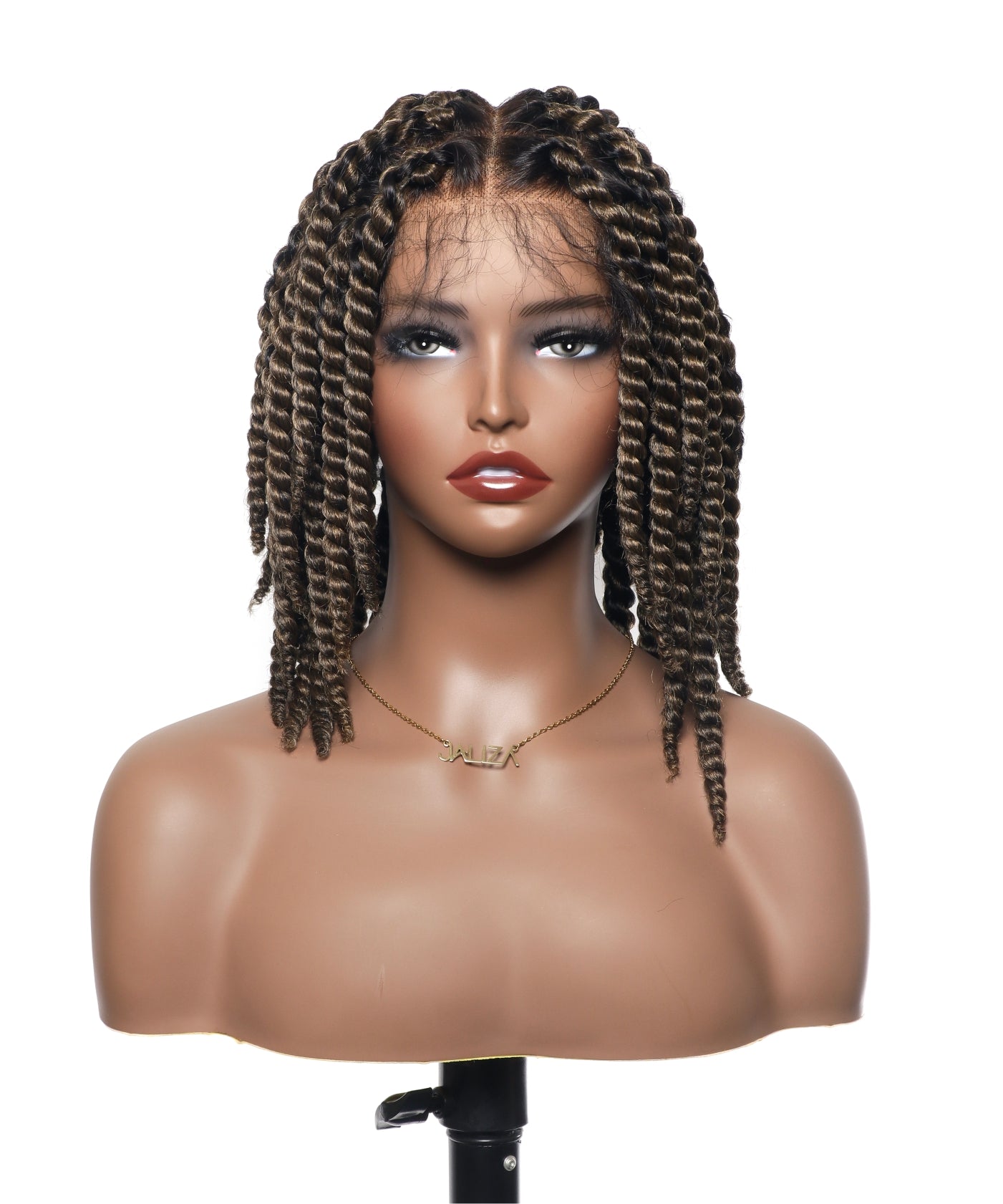
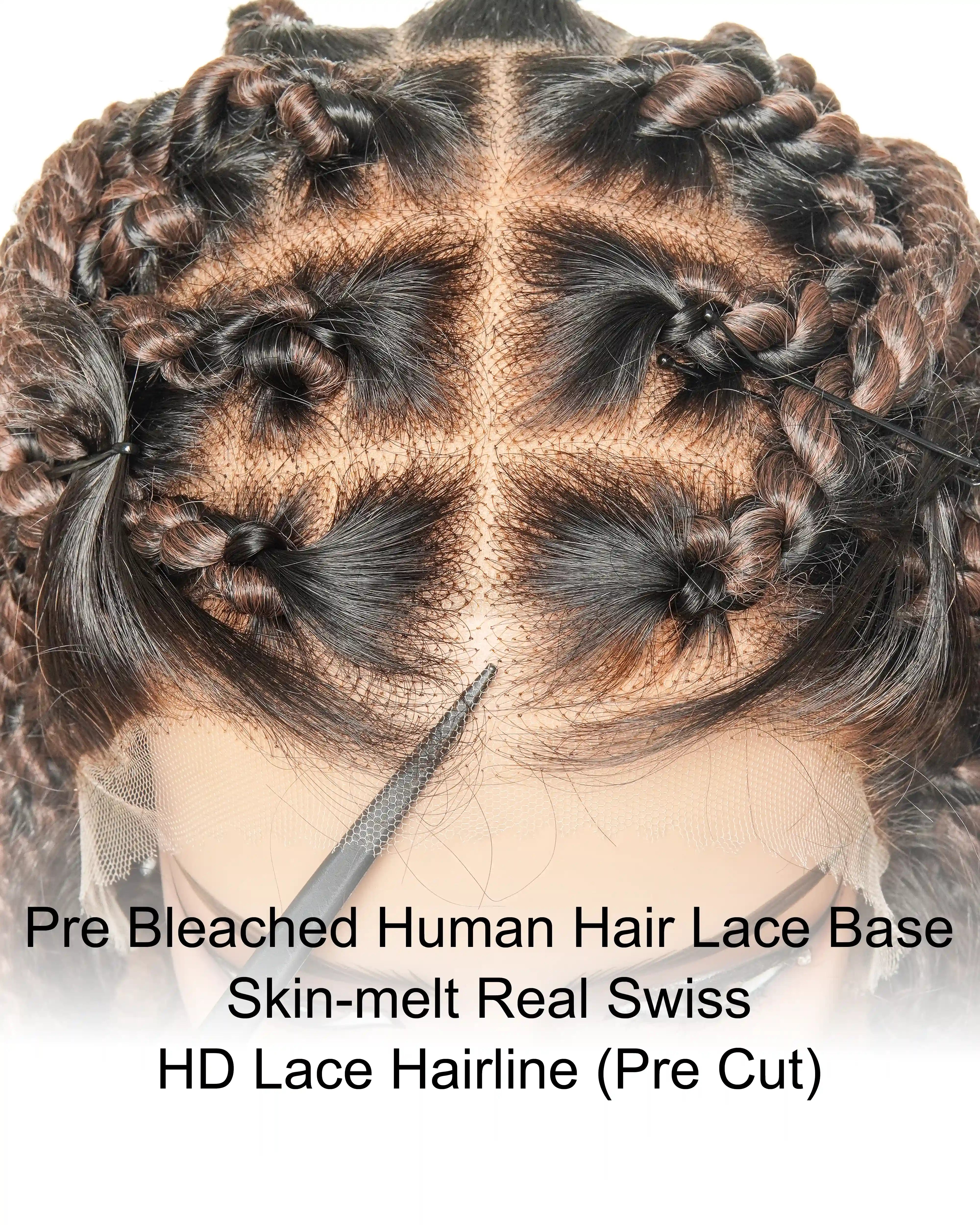
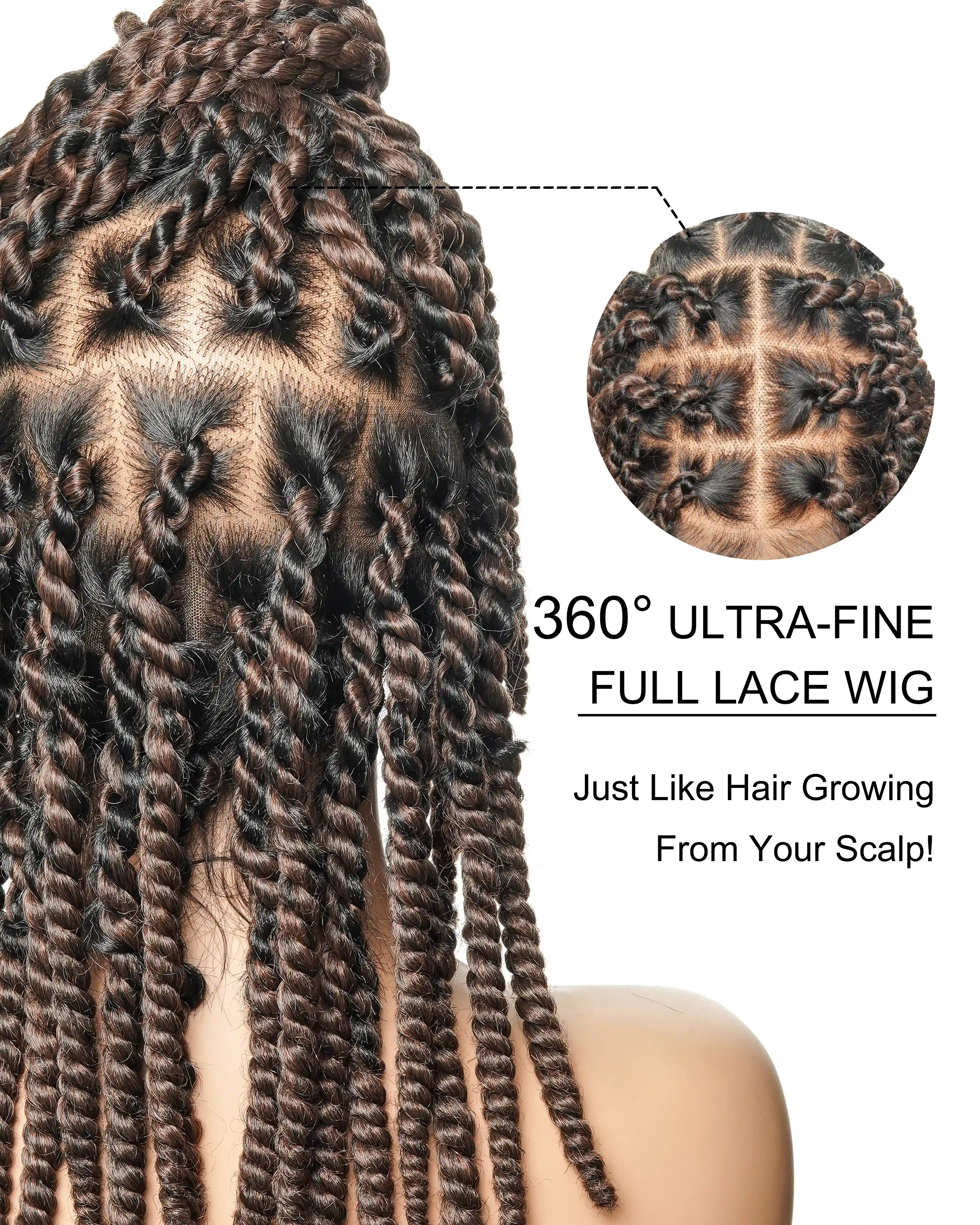
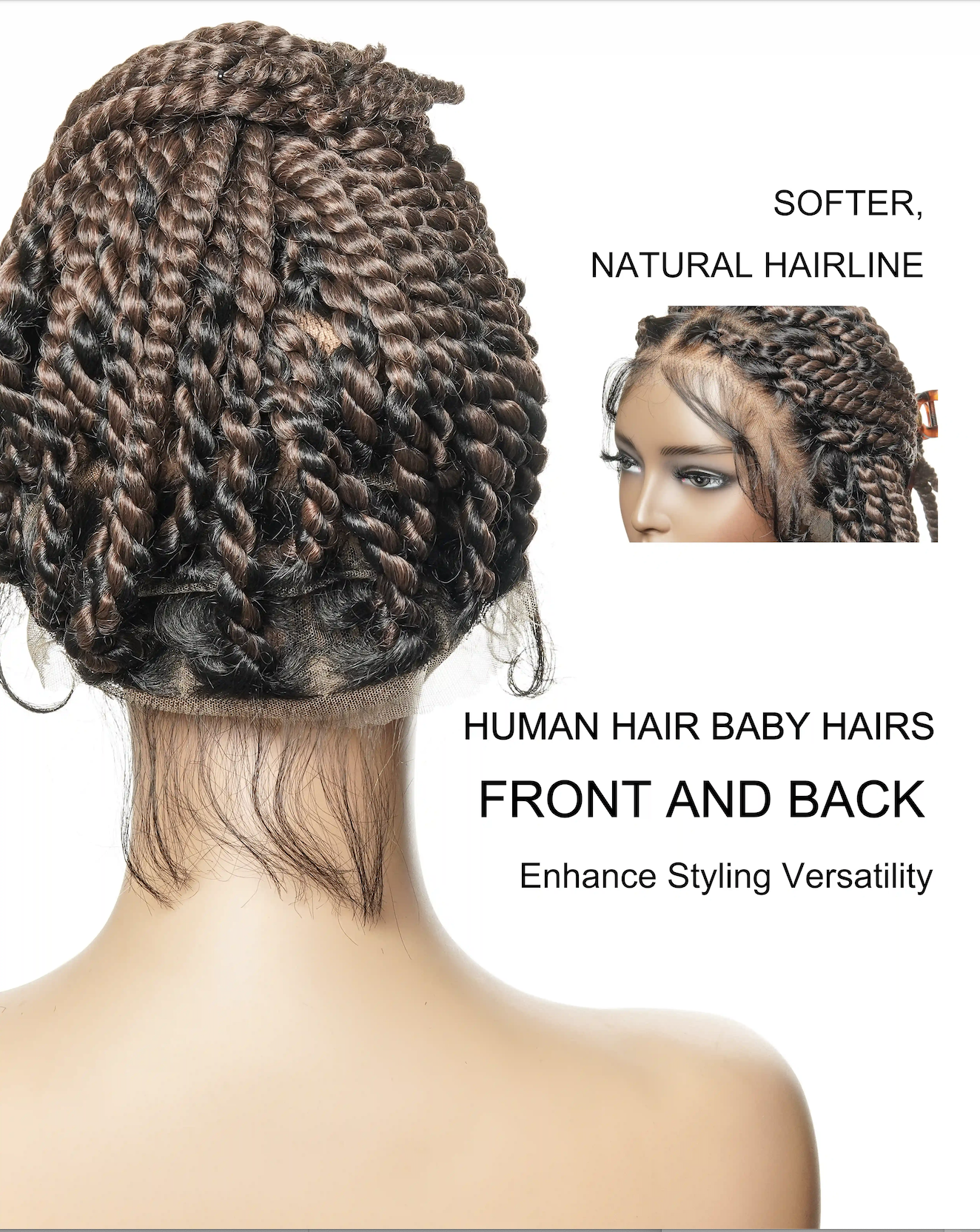
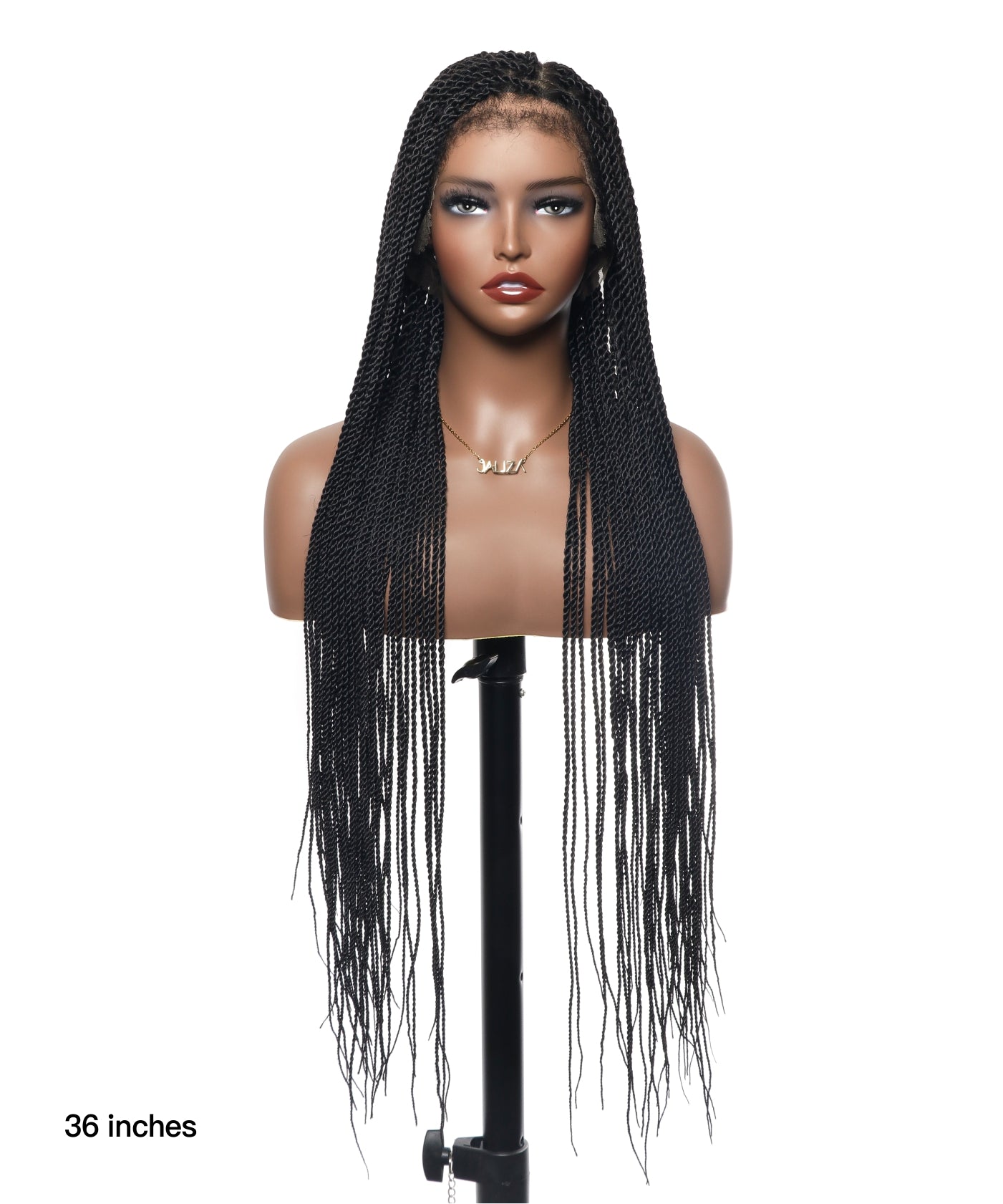
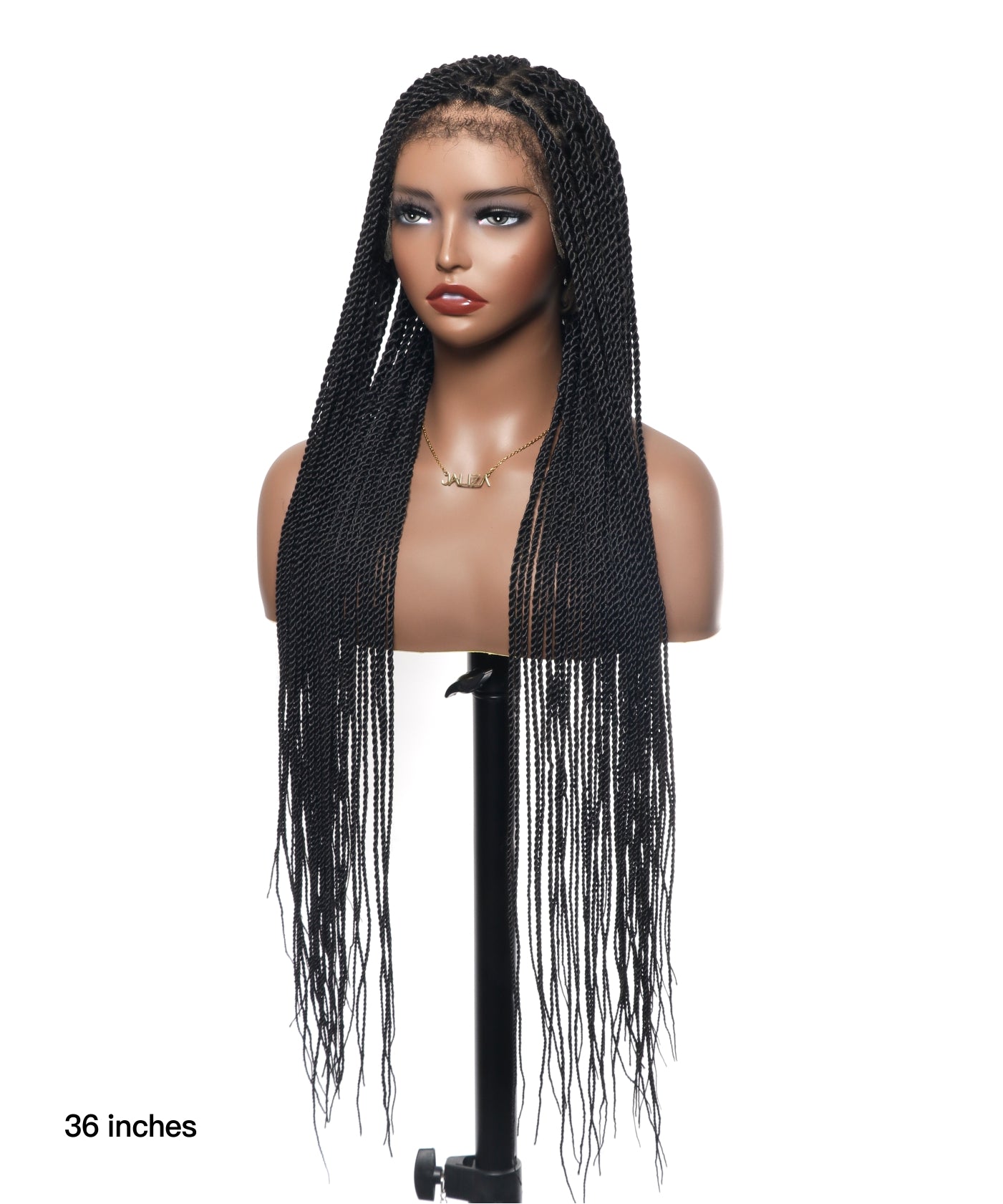
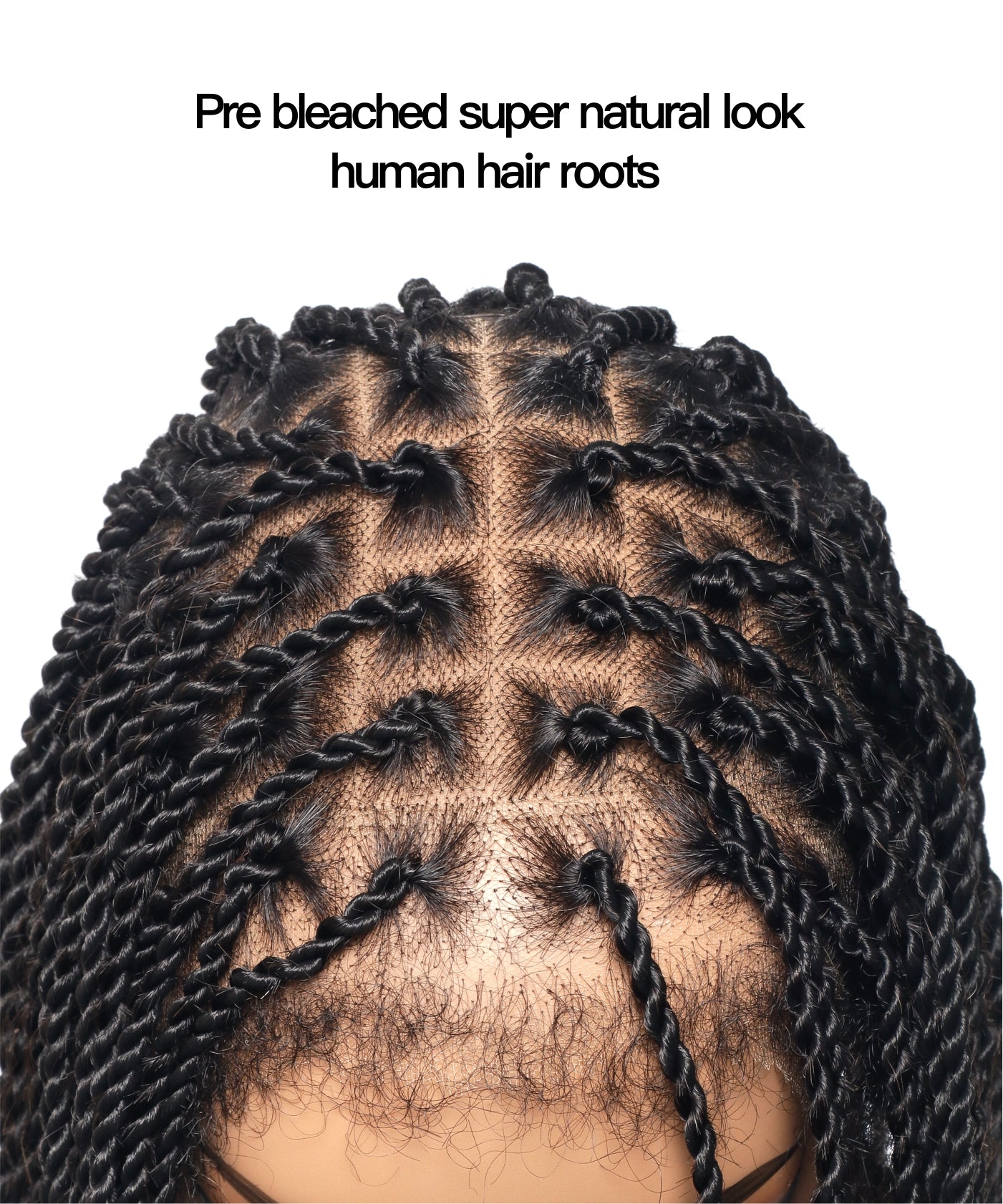
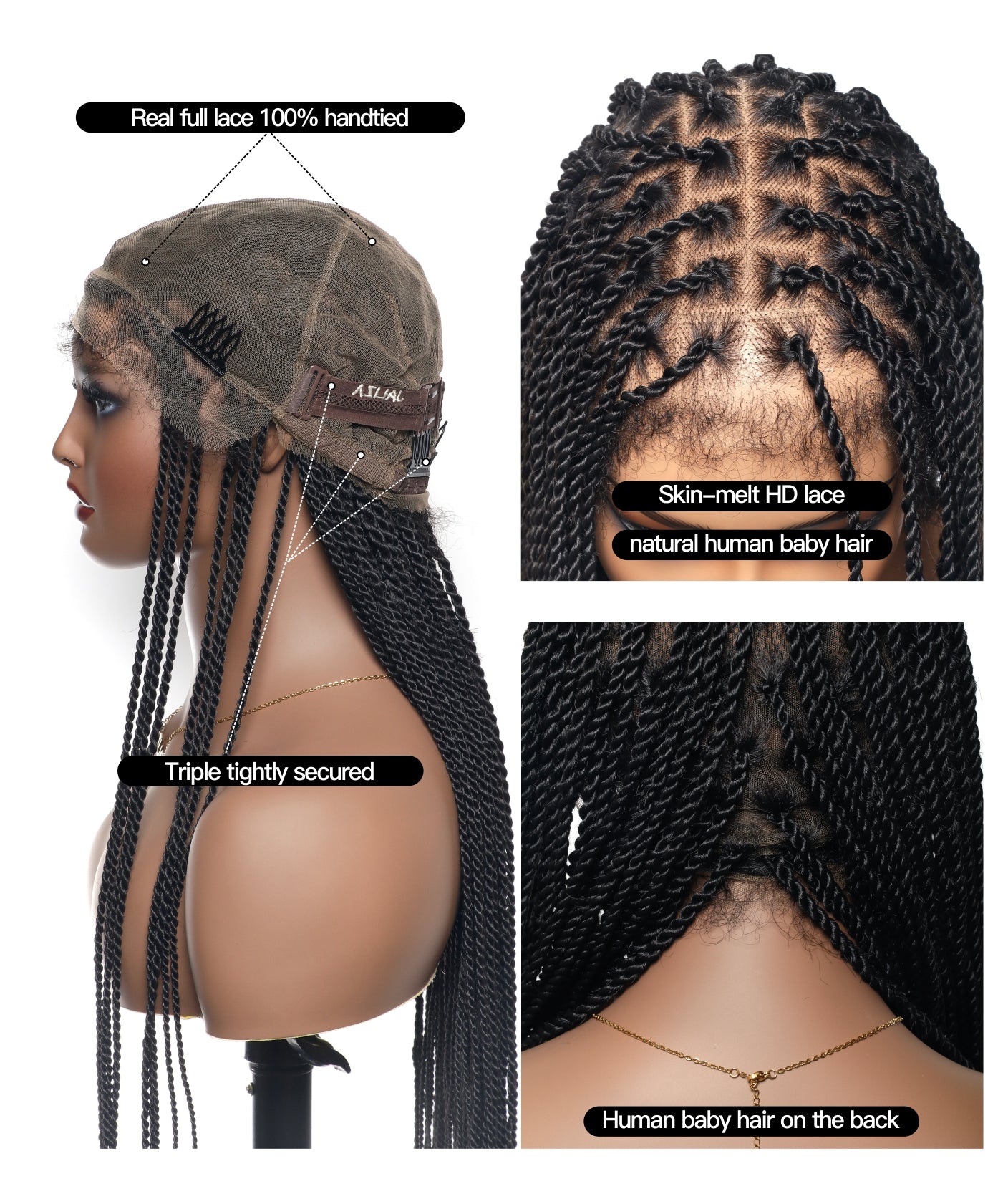
Share:
Maintenance Makeovers: Refreshing Tactics to Renew Crochet Looks
Boho Beauty's Potential: Evaluating Boho Braids for Extended Endurance